The texas brown snake is a subspecies of brown snake commonly found in north america If you must move, back slowly and carefully away from the snake It can be found in marshes, swamps, ponds, lakes, ditches, and canals in east and central texasMy name is Orry Martin The Texas Snake Hunter This documentary compares the Texas Brown Snake (Storeria dekayi texana) to the Southern Copperhead (AgkistrThe Texas brown snake (Storeria dekayi texana), a subspecies of Storeria dekayi, is a nonvenomous snake in the family Colubridae It is endemic to North America Geographic range It is found from southern Minnesota to eastern Texas and northeastern Mexico Description

Texas Brown Snake Vs Southern Copperhead Youtube
Brown snake baby copperhead snake texas
Brown snake baby copperhead snake texas-Baby garter snakes are 6 to 9 inches long and weigh between 15 and 4 grams Toads are a favorite hognose snake meal The texas brown snake is a subspecies of brown snake commonly found in north america This is the most common and widespread venomous snake in texas, found in all but the easternmost part of the stateThis sub is for the identification of snakes Found a snake in your yard, home, or at your job?
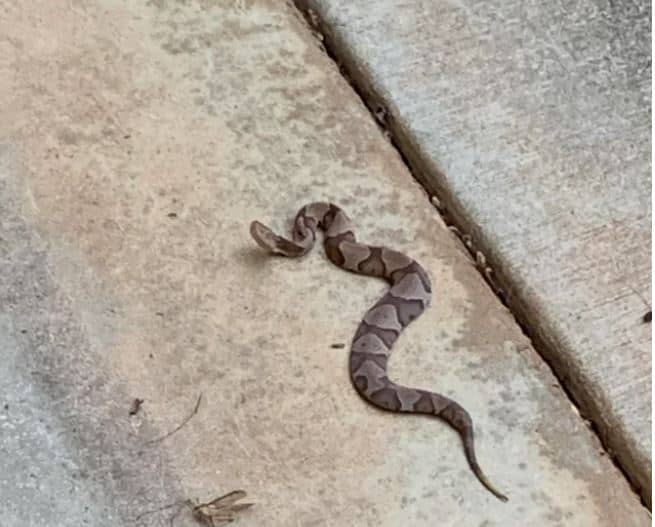



How To Identify A Baby Copperhead Snake 21 Pictures
Baby copperheads are lighter tan in color and have a pinkishbrown hourglass pattern The darker patterns are skinner at the top and go wide at the side The young copperhead snakes look just like Copperhead (Agkistrodon contortrix) is a term that refers to any of five different subspecies of venomous snakes found mostly in the southern United StatesThey are most often encountered in states like Missouri, Arkansas, North Carolina, Tennessee, Louisiana, Mississippi, Alabama, Kentucky, West Virginia, Texas, Georgia and more Many people get them confusedSlender snake colored tan to light brown with 32 or more blotches (broad red with blackborders) down the body in three or five rows At the nape of the neck, there is a grey or tan Y, V, U, or A shaped patch donk 0 Juvenile Snake Comparisons Northern Copperhead 21 ill k ct North American Racer n Eastern Ratsnake Common Watersnake
Copperheads, in this case the southern copperhead, aka Agkistrodon contortrix, have a striking appearance, with a lightbrown, slightly pinkish, somewhat stubby body that features wide dark Copperhead (Agkistrodon contortrix) Judy Gallagher Common Name Copperhead Scientific Name Agkistrodon contortrix Texas Blind Snake Scientific Name Leptotyphlops dulcis Family Slender blind snakes Average Length 28cm Dekay's Brown Snake (Storeria dekayi) Andrew Hoffman Common Name Dekay's Brown Snake Scientific NameA really good picture of this is the one off to the right here This is a young venomous copperhead snake, and a lighter shade than what most people think of when it comes to copper, tan, brown, etc Notice the yellow tail on this one – a clear indication that this is a young copperhead that is less than a year old This picture also shows a pretty good "hour glass" that is really thin
The copperhead snake got its name because of the copperlike coloration on the dorsal side of its head The copperhead snake is brown and has alternating cross bands that are light and brownish in different variations The size of an adult copperhead is to 40 inches ( cm) The copperhead snake belongs to the viper familyA baby copperhead snake tail has a yellow tip, which later goes darker as the snake ages The light brown reptiles have darker bands and are common in the wooded areas surrounding If you happen to startle a fox snake, it will vibrate the end of its tail in a similar fashion to a rattlesnake Texas Snake Identification Guide (With Pictures & Charts) by Snake Identifier Broadbanded Copperhead (Agkistrodon laticinctus) Source Bernard DUPONT – Under Creative Commons license Information on this species is coming soon!



Copperheads And Similar Looking Harmless Species




How To Get Rid Of Copperhead Snakes A Simple Guide Pest Strategies
Can you tell the difference between a rat snake, also called a chicken snake and a poisonous copperhead? Venomous Snakes Found in Texas Texas is home to many species of snake If you venture out during snake season, you may come across one, even in your backyard Of these, the vast majority – including the Texas brown snake, milk snake, and gopher snake – Copperheads are the most common venomous snake in our part of North Texas, by far and away We have two varieties of these snakes in the Dallas/Fort Worth area—the Southern Copperhead, and the very similar Broadbanded Copperhead The two subspecies are primarily differentiated by their coloration banding




4 Baby Snakes That Look Like Worms 1 Is Extremely Small
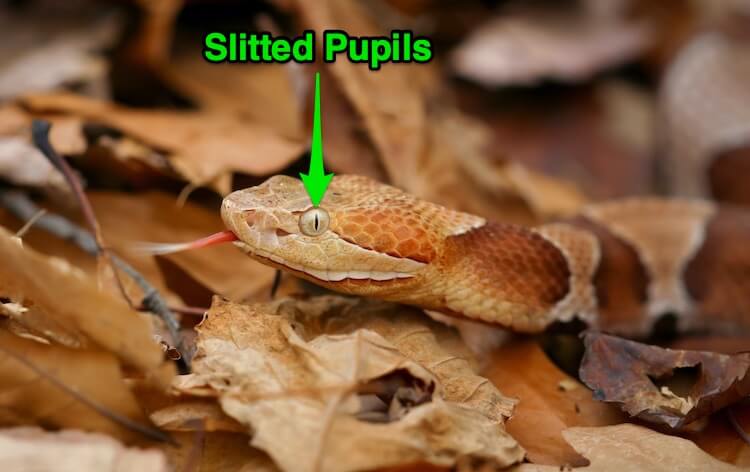



7 Ways To Identify Prevent Remove Baby Copperhead Snakes Everything Reptiles
Hello, It is a Texas brown snake Copperheads have a distinctive pattern as in this photo Copperheads have a distinctive pattern as in this photo Attachments are only available to registered usersThe longest snake most likely to be encountered in Texas is the Texas rat snake They can grow to more than seven feet long and routinely top out at after five feet These snakes are often called "chicken snakes" due to their fondness for eggs and baby chicks • Ground rattlers Here's a hint On average, in Texas, 1 to 2 people die after they are bitten by a venomous snake each year, the department says Every year, "about 7,000 people are bitten by venomous snakes




Common Snakes Of Texas Texas Co Op Power




Baby Copperheads How To Identify Them And Get Rid Of Them
The body of a copperhead is usually a light tan or slightly pink color Sometimes baby copperheads are grayer than adults, but turn the more brownish color as they age Along the back of the snake are dark brown or reddishbrown markings Several other types of snakes have similar coloring, but the copperhead is distinctive because of the A baby copperhead snake tail has a yellow tip, which later goes darker as the snake ages These snakes are basically timid by nature and are mostly harmless, if not attacked or threatened Jerry's jungle garden, 712 hill rd, ;How to identify a copperhead snake Copperhead snakes can be easily identified by their head and body shape, coloring, and pupil shape They have stout bodies and broad, flat heads with a slightly sloping snout that is hard to distinguish from their heads Copperheads are pale to brown in color and have hourglass shapes as a pattern on their skin



Common Snakes Trophy Club Tx




What To Do If Your Dog Is Bitten By A Copperhead Snake Fitbark
Get details and images in this articlePit vipers are venomous snakes that have an opening on each side of the head between the eye and the nostril In Texas, we have 3 groups of these snakes Copperheads, Cottonmouths, and Rattlesnakes Copperhead snake Copperheads Agkistrodon contortrix Copperheads have chestnut or reddishbrown crossbands on a lighter colored body North Texas family may flee ranch after venomous copperhead snake invasion 1 of 71 Weatherford resident Vicki Barnett and her husband have spent the summer fighting off copperhead snakes, which
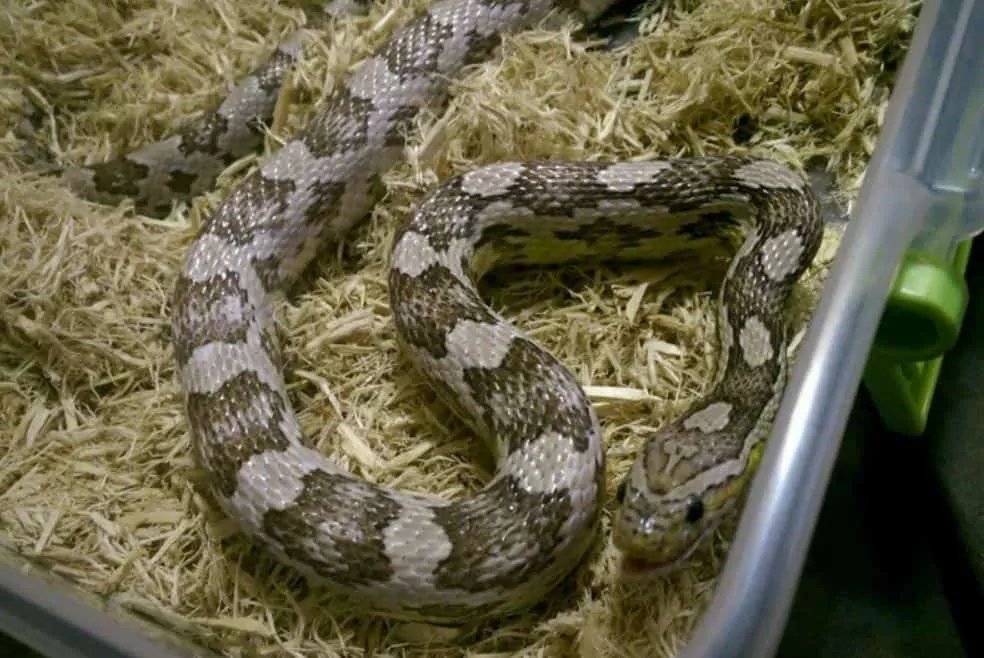



How To Identify A Baby Copperhead Snake 21 Pictures




Identifying Copperhead Snakes Home Garden Information Center
The texas brown snake is a subspecies of brown snake commonly found in north america Other snakes commonly mistaken for copperhead babies A relatively large snake in comparison to some that we have mentioned, the texas ratsnake can grow to five feet and more in length, with a tan or yellow coloration with unorganized and irregular patches ofMaryland is home to 27 species and subspecies of snakes, including two with medically significant venom, the copperhead and the timber rattlesnake These two species are found in the viper family (Viperidae) The remaining species are in the family Colubridae, which is the largest snakePost a photo of it here and find out what it is Chances are it is probably not a cottonmouth, though 22k
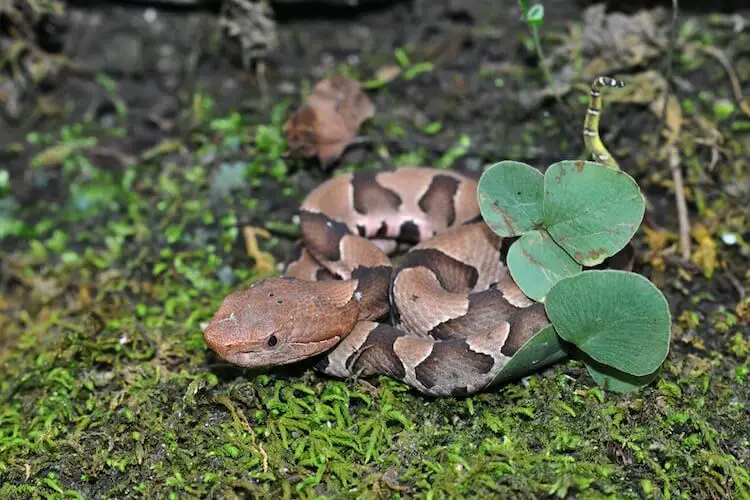



7 Ways To Identify Prevent Remove Baby Copperhead Snakes Everything Reptiles




Tis The Season For Babies Copperhead Babies That Is Youtube
A snake's tail starts at its cloaca, which is covered by a thick, wide scale called the anal plate Copperheads, however, only have one row of ventral scales all the way down to their tail tip Copperheads' undersides are creamcolored, with dark brown uneven blotches that can sometimes look like a checkered pattern Baby Copperhead Snakes Snakes Baby Snakes Funny Frogs Copperheads And Similar Looking Harmle Nationally, 98% of snake envenomations are from the various pit vipers (rattlesnakes, water moccasins/cottonmouths, and copperheads) That said, coralsnakes are cool Read More Spencer Greene, MD




Copperhead Snakes




Copperhead Identification Wildlife Tips Copperhead Vs Brown Snake Youtube
Northern Copperhead, Agkistrodon contortrix is a venomous pit viper found in Eastern North America Copperhead snakes are common in large parts of the United States Where adult snakes can be found, baby copperhead snakes are almost guaranteed to be around the same parts at their most active time of year You are likely to spot a copperhead baby closer to habitats whereThe dekay's brown snake is a small, harmless fossorial snake found across the Eastern US which is often mistaken for juvenile copperheads In this video, weOnly one species of coral snake, the Texas coral snake (Micrurus tener), lives in Texas These snakes have a very different appearance from pit vipers, with slender bodies, small heads, and alternating rings of bright red, yellow, and black Texas coral snakes are typically less aggressive than pit vipers, but have extremely potent venom
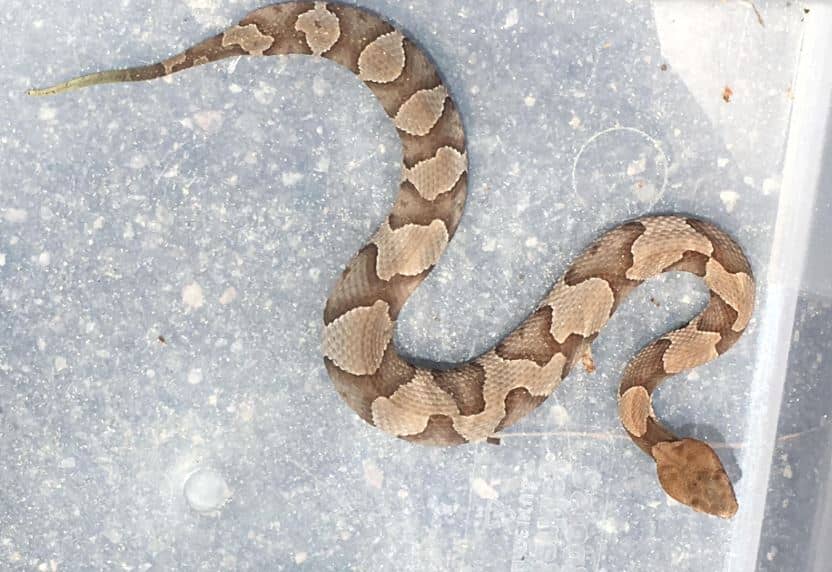



How To Identify A Baby Copperhead Snake 21 Pictures



Q Tbn And9gcrwpof4cospwxmy3rrifvfifzsq Qlgjkohje5j Qiihxnwgxgo Usqp Cau
Baby copperhead (with quarter for size comparison) has the same bold "Hersheys kisses" pattern as an adult except for a neon green tail tip Some of the most common venomous snakes likely to be found in our area are Northern cottonmouths ( Agkistrodon piscivorus ) and Eastern copperheads ( Agkistrodon contortrix )Respect snakes by giving them plenty of room—at least 10 feet, to be safe—and they will usually leave you aloneVenomous Snake Safety Texas Parks Wildlife Department Copperhead Very Common In East Texas P
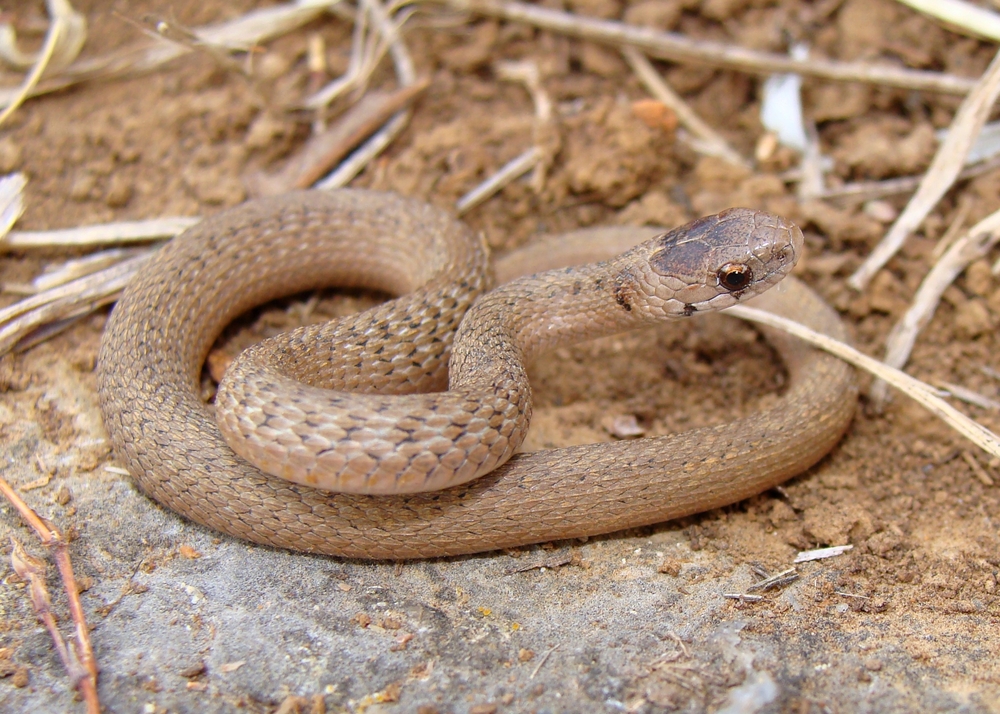



Facts About Brown Snakes Live Science
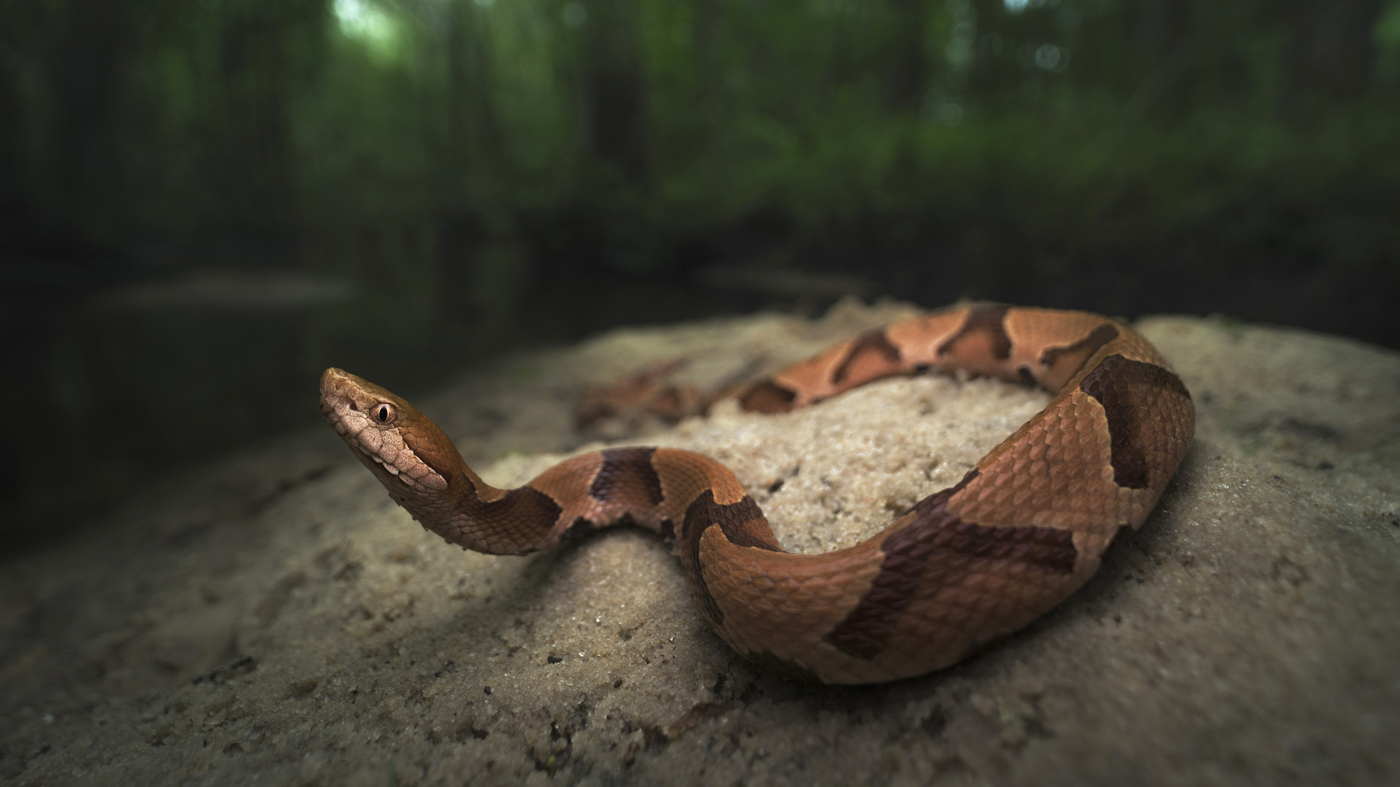



How You And Your Dog Can Avoid Snake Bites And What To Do If You Get One Shots Health News Npr
Copperhead Vs Corn snake A lot of people have hard times telling tiny color differences – especially the colorblindHowever, it is important to tell the difference between a harmless and harmful snake The corn snake is a very brightly colored snake that is "redder" than the copperheadWhile the back pattern of a copperhead at first glance is similar, studies showDifference between a CopperHead Snake Neonate and a Rat snake Neonate Copperhead Neonates – Bearing the same pattern to their adult counterparts, these younglings are usually yellow and green in color Rat Neonates – They are patterned in uniform and elliptical shapes running along their entire length Copperhead Neonates – Tails of vivid colors are used to The third the Southern Copperhead According to Darvin, these are these are the most common venomous snakes in East Texas "These occupy almost any habitat, but they're really at home in
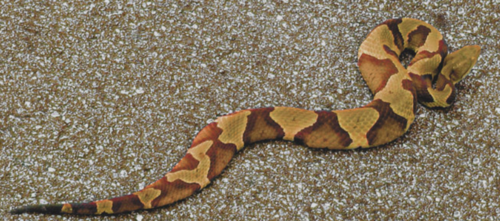



4 Ways To Tell If A Snake Is Venomous Snake Sox
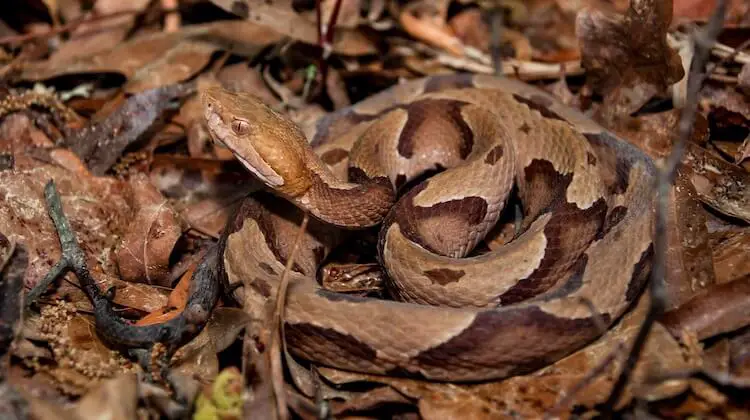



7 Ways To Identify Prevent Remove Baby Copperhead Snakes Everything Reptiles
Copperhead snakes have bands of gray and/or brown with a coppercolored head They blend in with leafcovered forest floors and it's possible to stare right at a copperhead without seeing it! Cottonmouth (Water Moccasin) Timber Rattlesnake Texas Coral Snake Copperhead Venomous snakes play an important role in the Big Thicket's ecosystem by consuming rodents, insects, and other small animals, including other snakes! Common garter snake 32 Timber rattlesnake 11 Plains garter snake 33 Massasauga rattlesnake 12 Checkered Garter snake 34 Western rattlesnake 13 Lined snake 35 Cottonmouth 14 Ribbon snake 36 Copperhead 15 Brown snake 37




Common Snakes Of Texas Texas Co Op Power




Facts You Did Not Know About Baby Copperheads
Copperheads bite rather than strike Because they are so well camouflaged, most bites occur when a snake is accidentally picked up or sat or laid on The typical litter of a mother copperhead snake is five to eight snakes, but they can be as many as 15 to Though they don't typically travel inBaby Copperhead Snake GeorgiaThey are most abundant in texas, georgia, north carolina and south carolina Baby copperheads have yellow tails Experts at the georgia poison control said they are seeing a big spike in snake bite calls, in particular from copperheads



When Are Baby Copperheads Born And Are They More Dangerous Raleigh News Observer




Northern Brown Snake A Very Common Herp Youtube




Copperhead Snake Facts
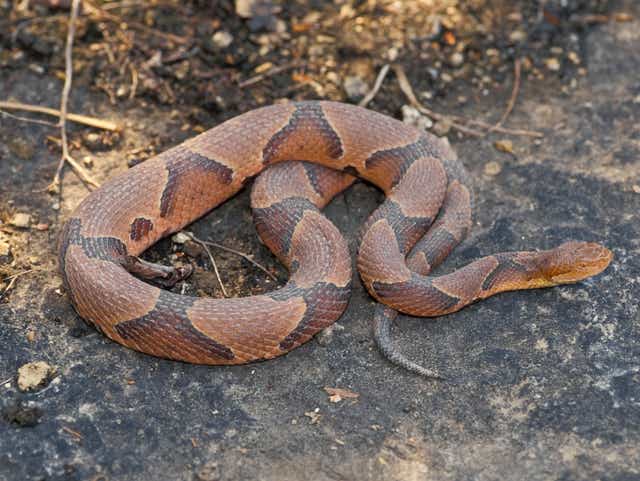



Dispelling The Myths Surrounding Copperhead Snakes
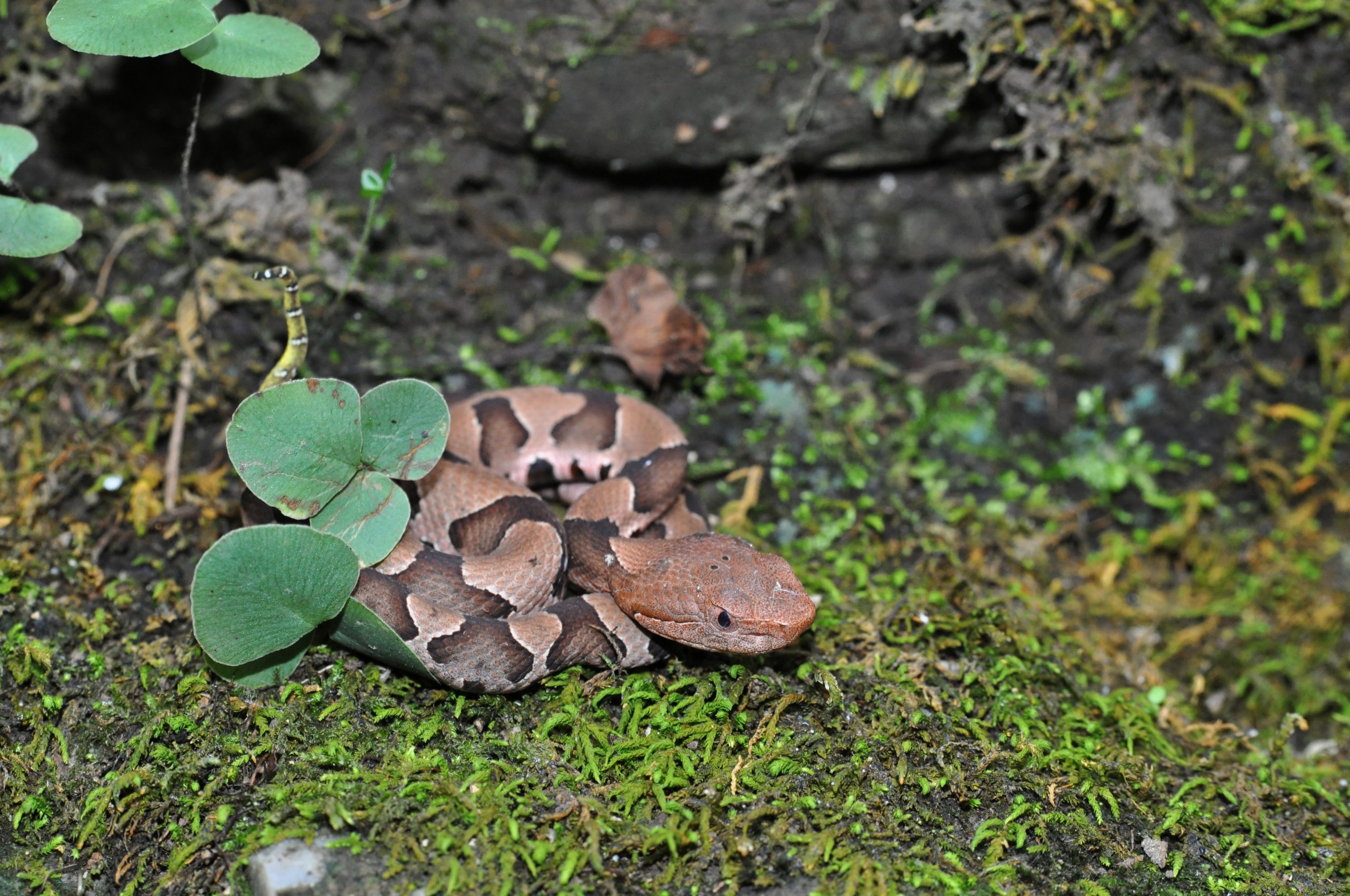



How To Identify A Baby Copperhead Snake 21 Pictures



Copperheads And Similar Looking Harmless Species




How To Identify A Baby Copperhead Snake 21 Pictures




Why You Should Let A Copperhead Live In Your Yard Debunking Snake Myths Wunc




Northern Copperhead Smithsonian S National Zoo




How To Identify A Baby Copperhead Snake 10 Key Features Survival Freedom




The American Copperhead Snake Agkistrodon Contortrix Desertusa



Copperheads And Similar Looking Harmless Species



Baby Copperhead Season Has Begun In Carolinas What To Know The State



Copperheads And Similar Looking Harmless Species



Is This A Baby Copperhead My Cat Caught It And I M Afraid She Ll Bring More Snakes




How To Identify A Baby Copperhead Snake 10 Key Features Survival Freedom



What Kind Of Snake Ask Extension
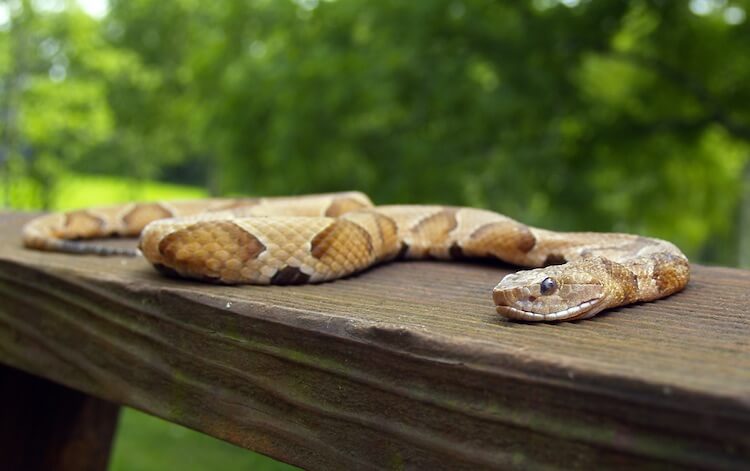



7 Ways To Identify Prevent Remove Baby Copperhead Snakes Everything Reptiles
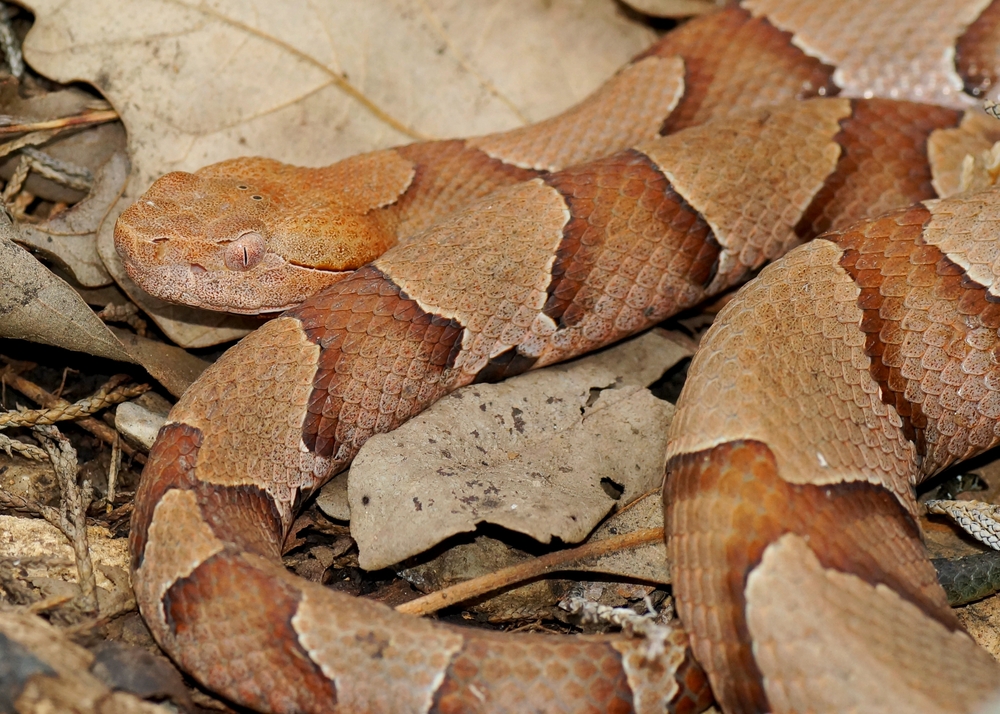



Copperhead Snakes Facts Bites Babies Live Science




Identifying Copperhead Snakes Home Garden Information Center
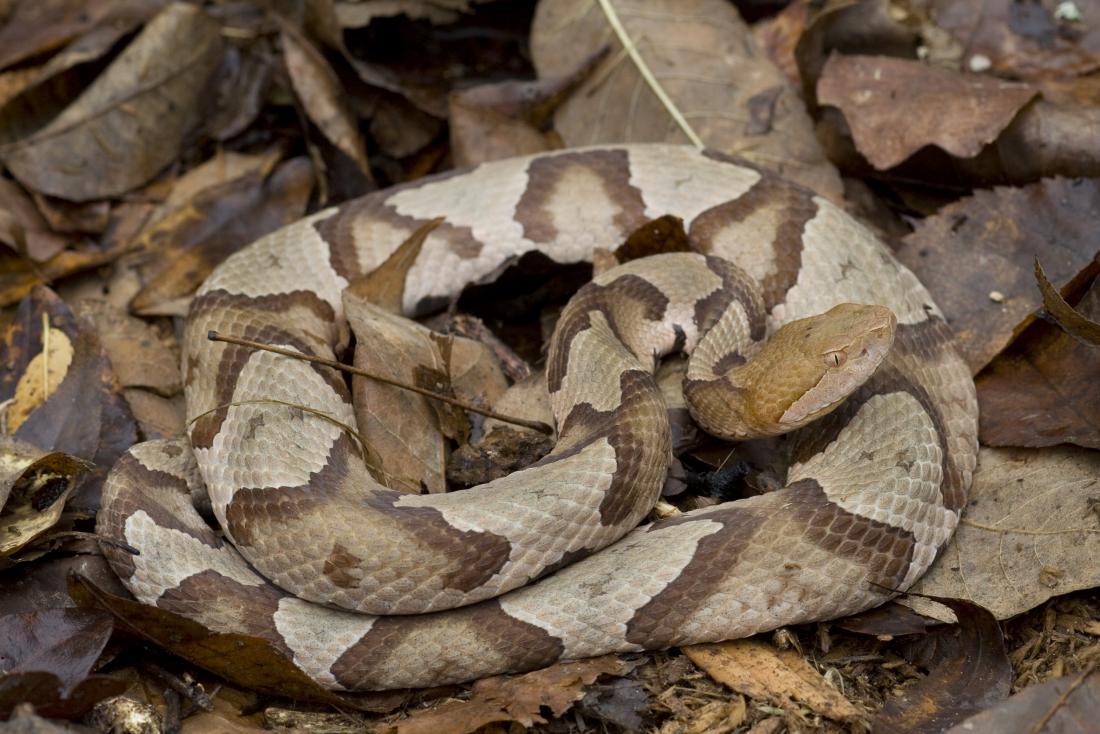



Snake Bites Symptoms Treatment And Types Of Snake




How To Identify A Baby Copperhead Snake 21 Pictures




How To Identify The Copperhead
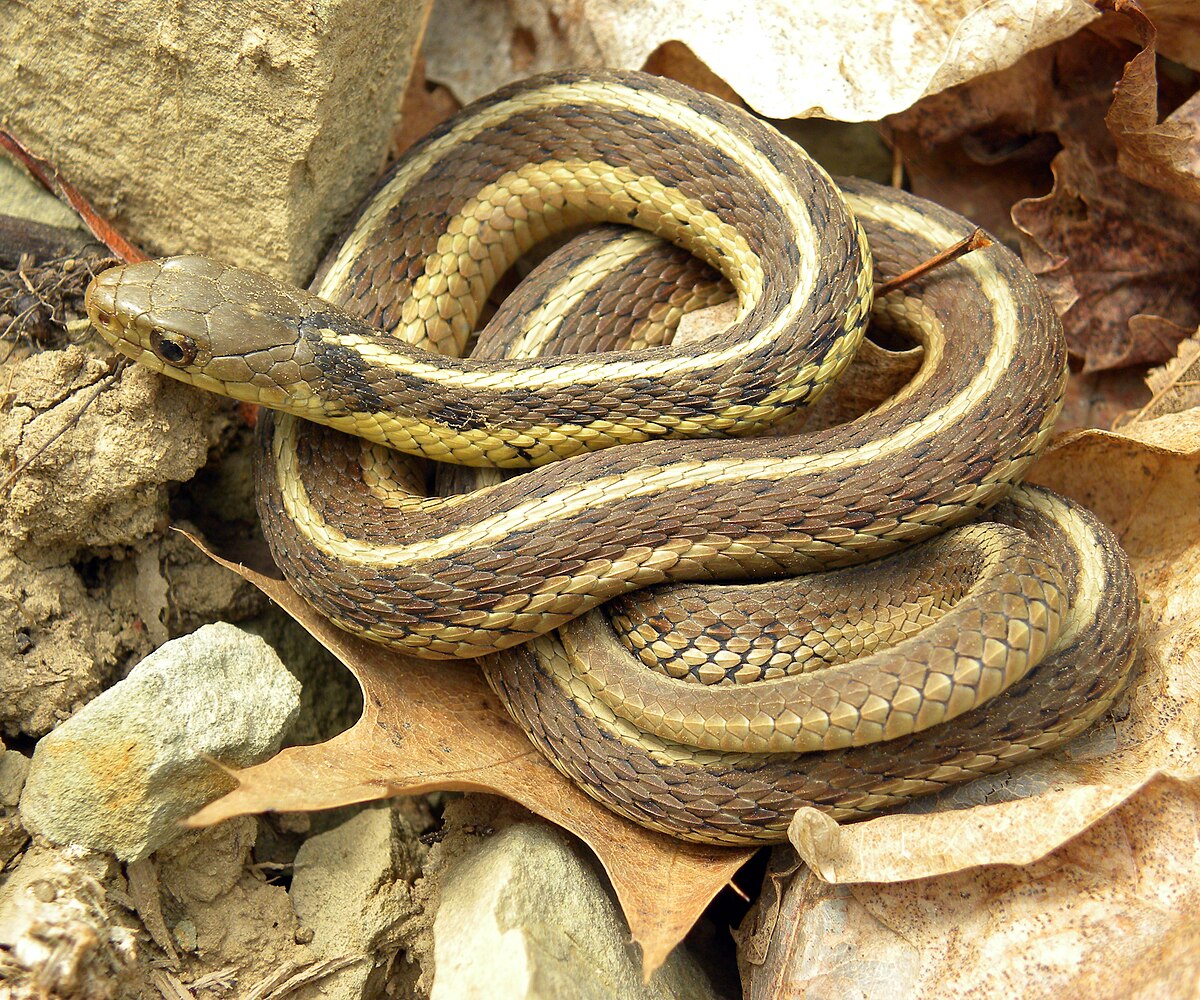



Garter Snake Wikipedia
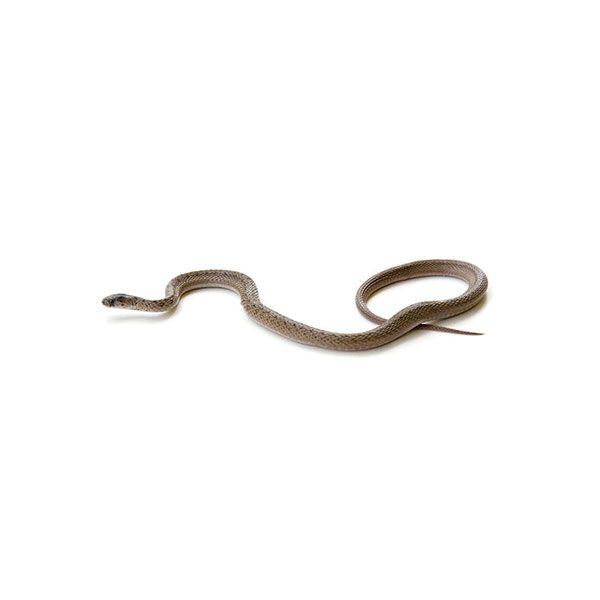



Brown Snake Identification Habits Behavior Presto X Formerly Fischer




Baby Copperheads How To Identify Them And Get Rid Of Them



Q Tbn And9gcqjtmevaoxaoihguuvqf9yeptveu4nauv90kw9rduybil0wm1le Usqp Cau
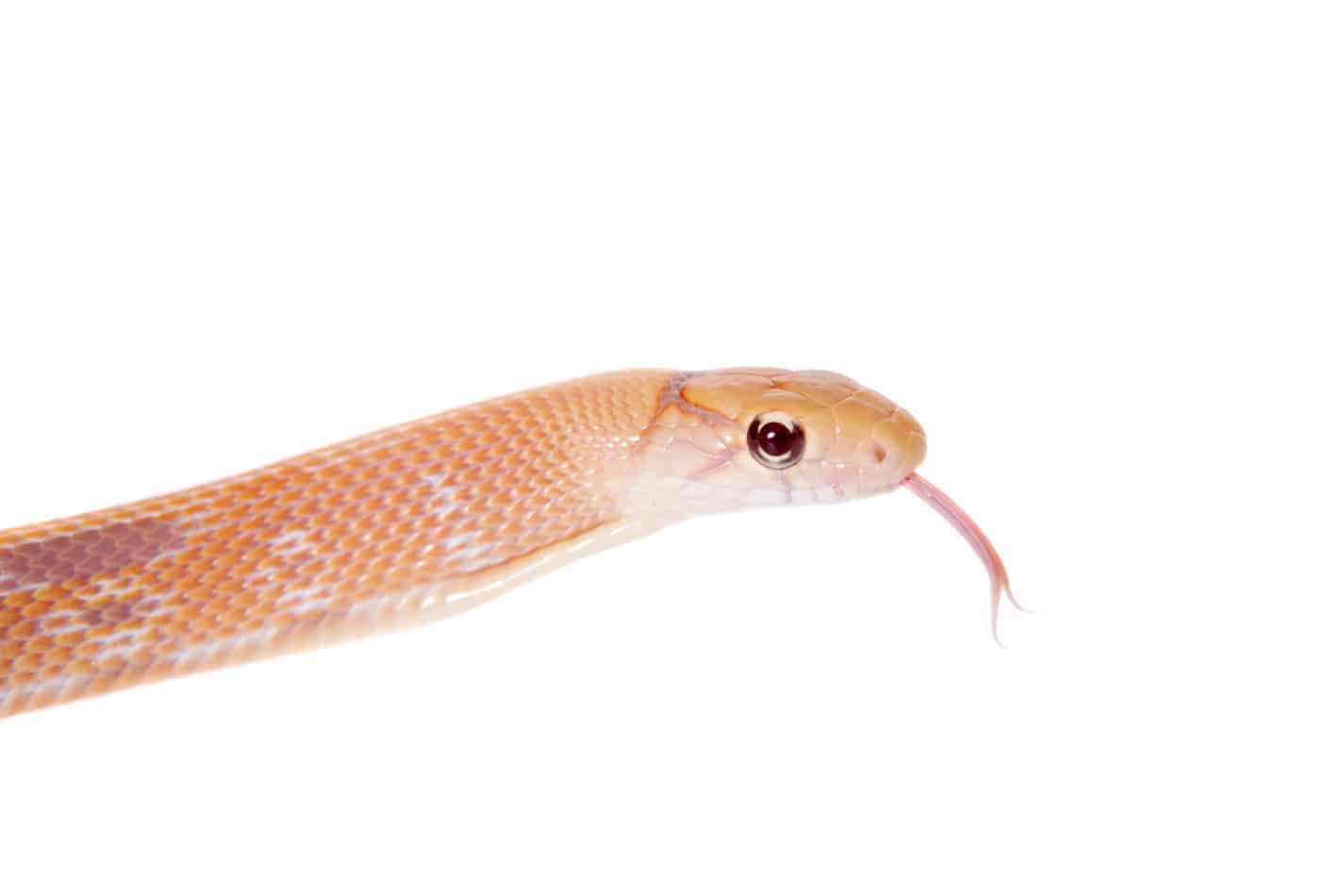



Baby Copperhead Snake Identification Guide Look For These 5 Things Embora Pets
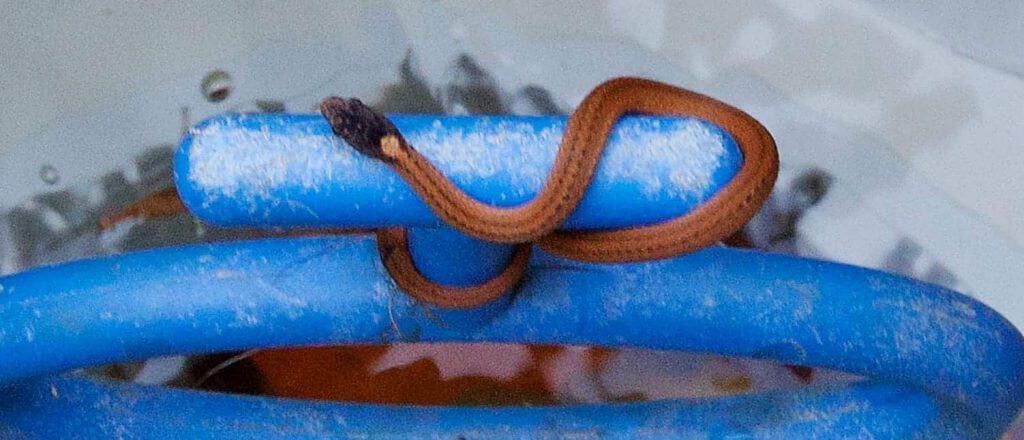



Baby Copperhead Snake Identification Guide Look For These 5 Things Embora Pets
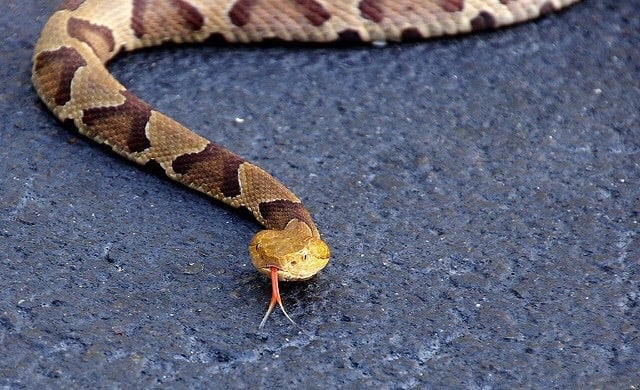



Baby Copperhead Snake Identification Guide Look For These 5 Things Embora Pets



1




A Field Guide To Commonly Misidentified Snakes




Garter Snakes The Gardener S Friend The Old Farmer S Almanac
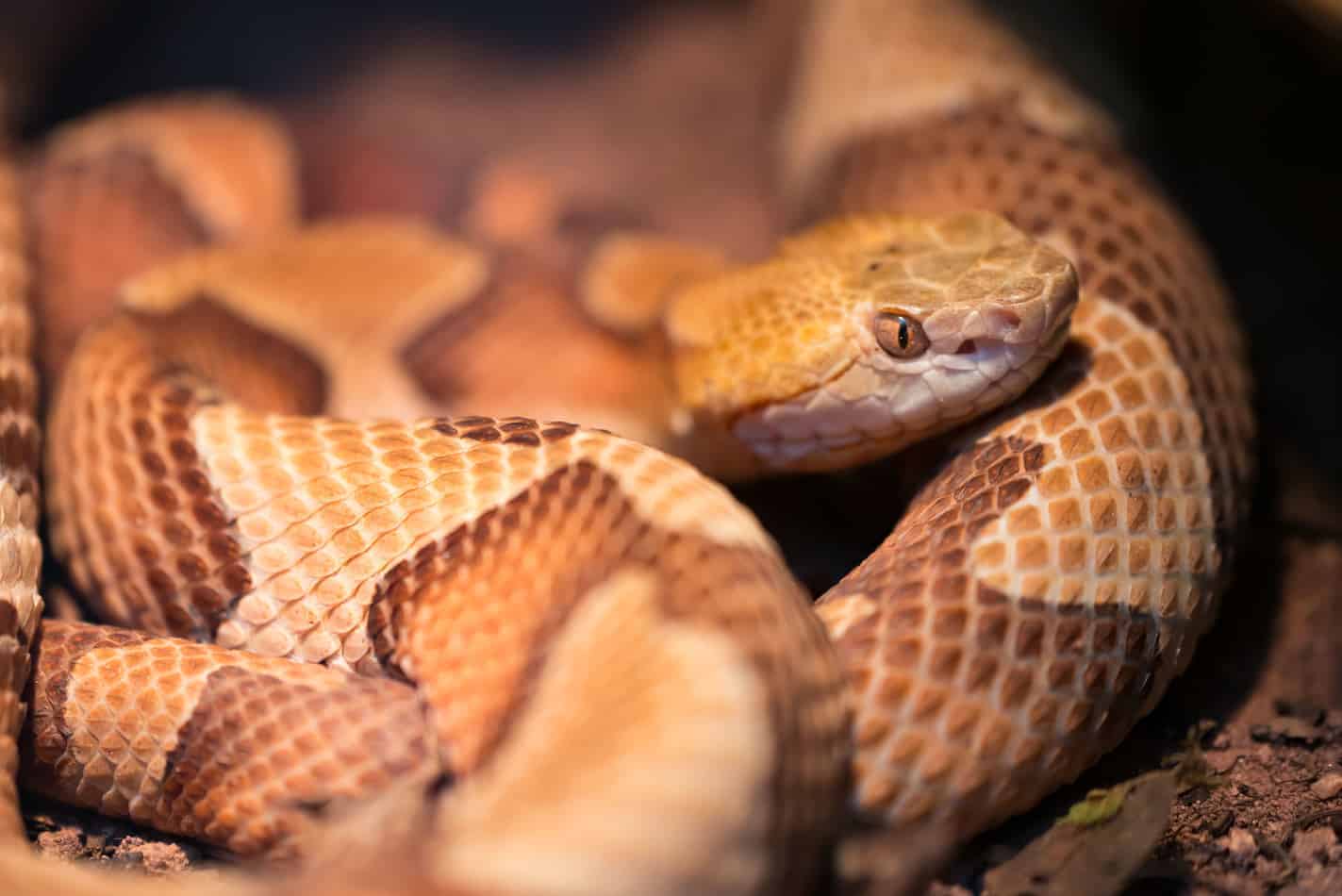



These 5 Snakes Look Similar To Copperheads Embora Pets
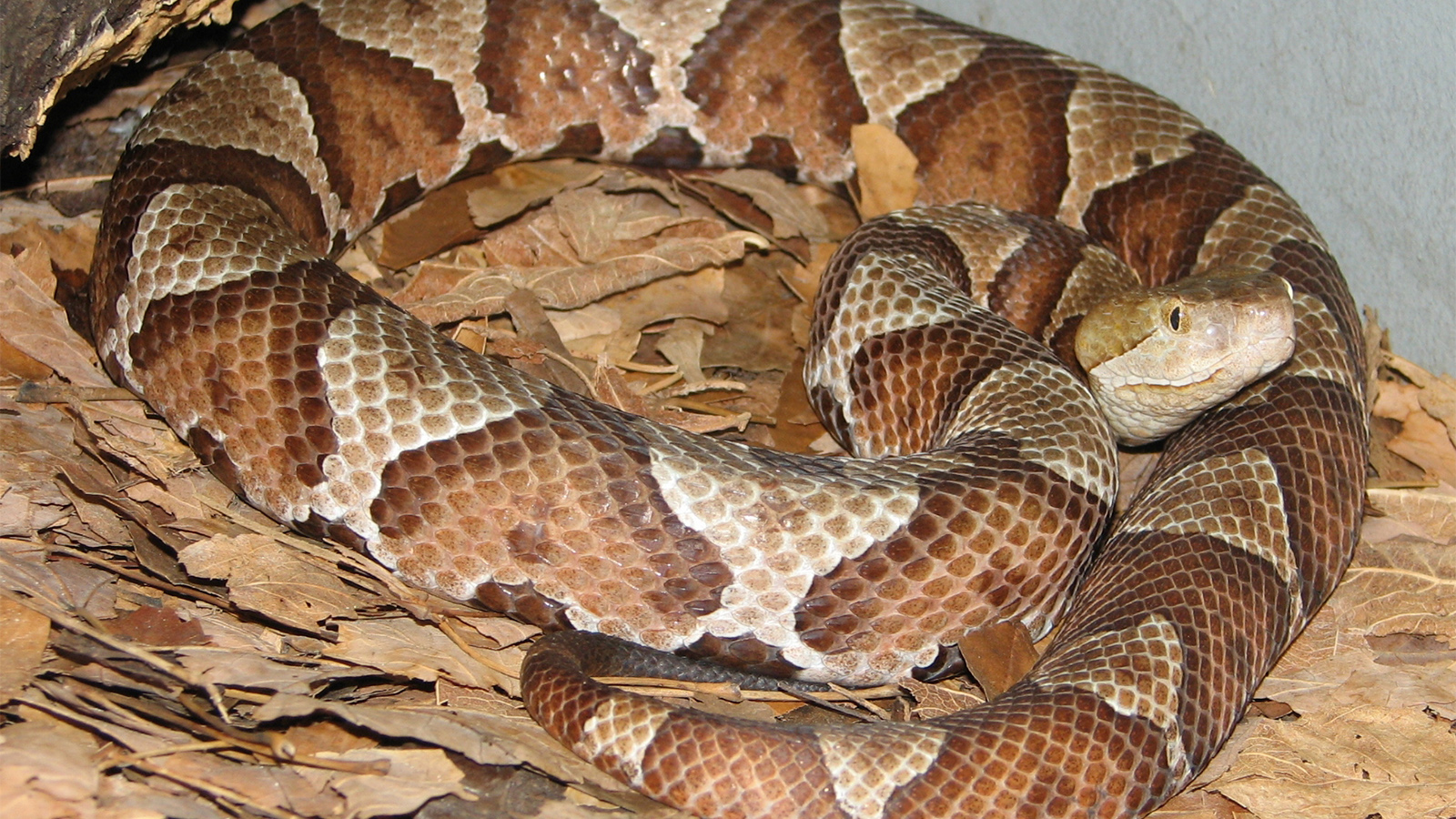



Copperhead Snakes Not Always Lethal But Best Left Alone Howstuffworks




How To Identify A Baby Copperhead Snake 21 Pictures




Texas Brown Snake Vs Southern Copperhead Youtube
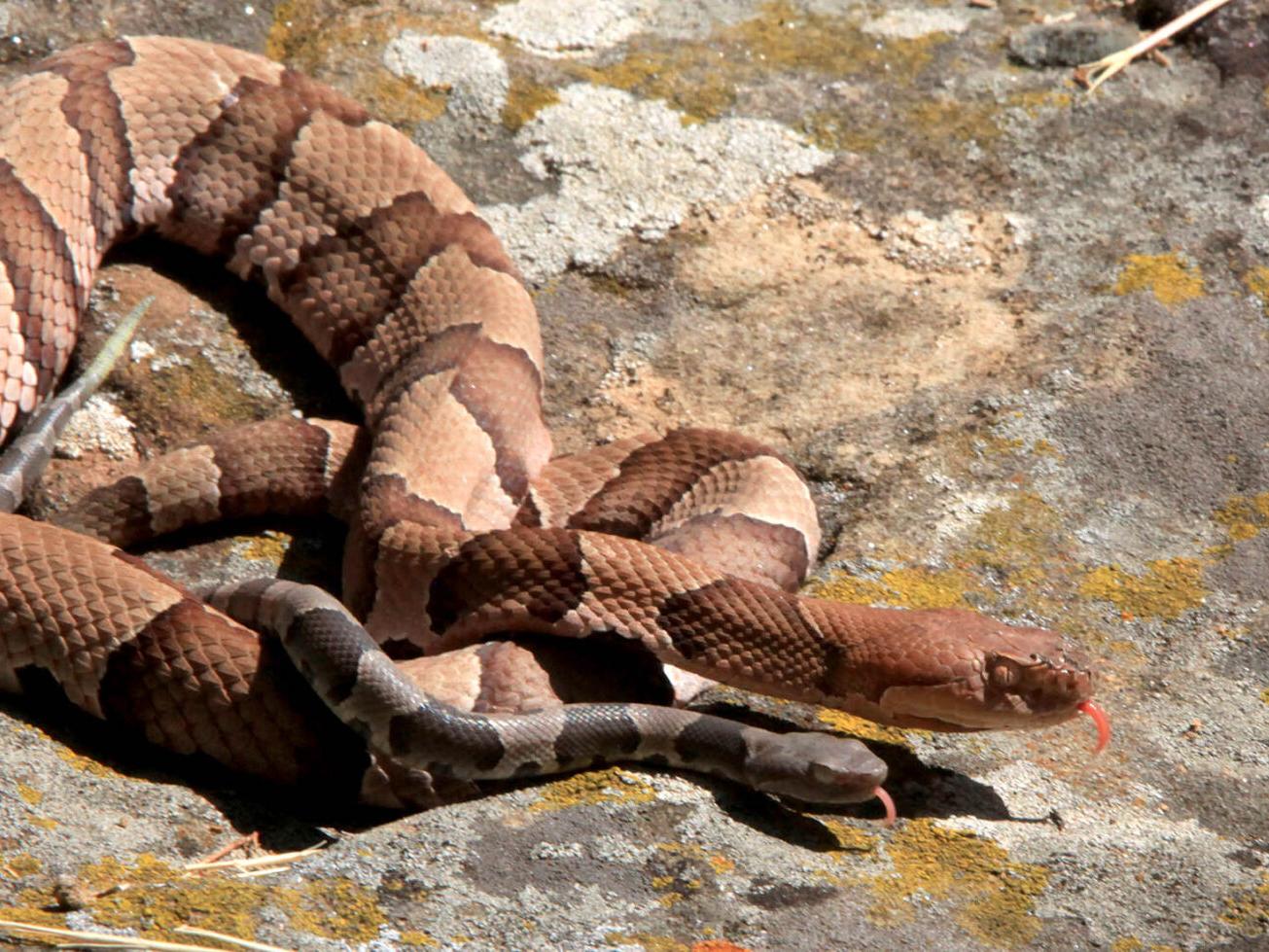



Snakes Alive Copperhead Other Snake Encounters More Likely As Days Shorten Weather Cools Local News Tulsaworld Com



Copperhead Information Reptile Forums
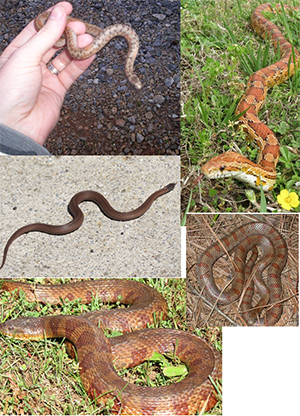



The Copperhead Snake Is Often Misidentified



Q Tbn And9gctrizis5fmin0vsgu Zoanhcpxgpmxdqhpgbpqtr6qywxwq0yze Usqp Cau
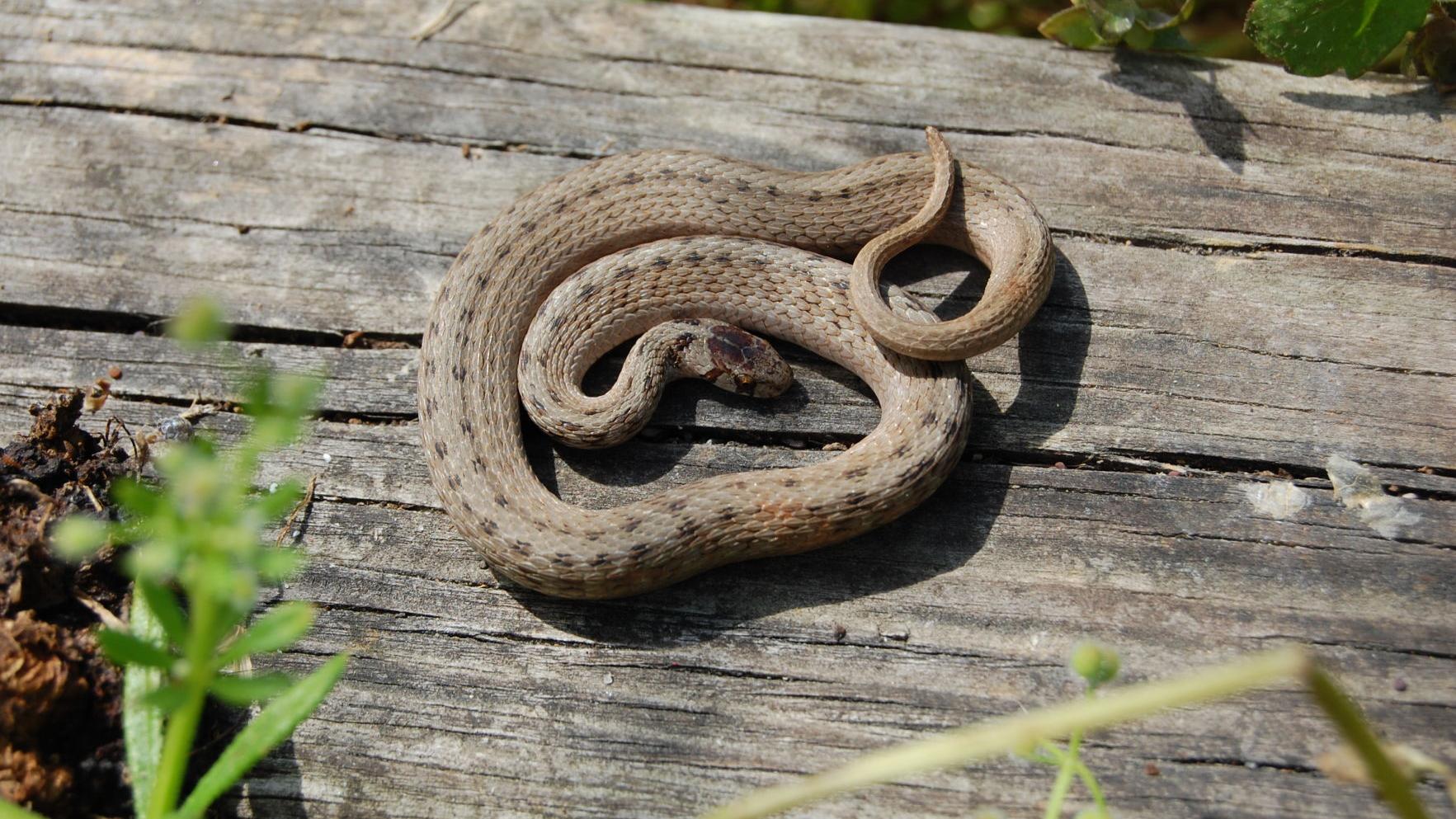



Don T Kill That Snake Without These Louisiana Species Rodents Will Be Out Of Control Home Garden Theadvocate Com




Tiny But Deadly The Baby Copperhead Youtube




A Field Guide To Commonly Misidentified Snakes
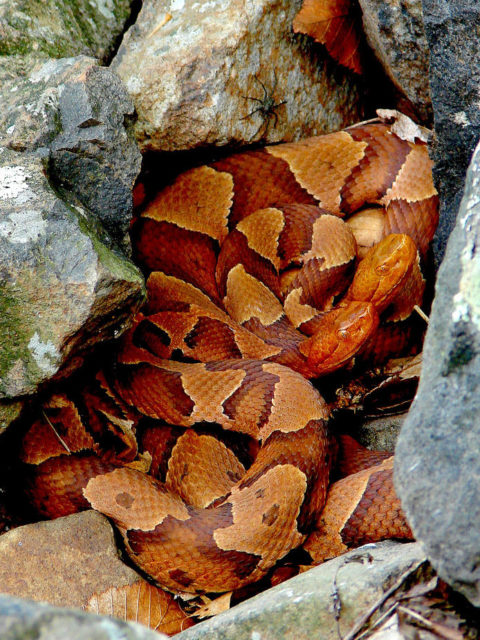



Snake Species Of Ohio At A Glance Trekohio




Snakes Are Out Reduce Encounters Agrilife Today
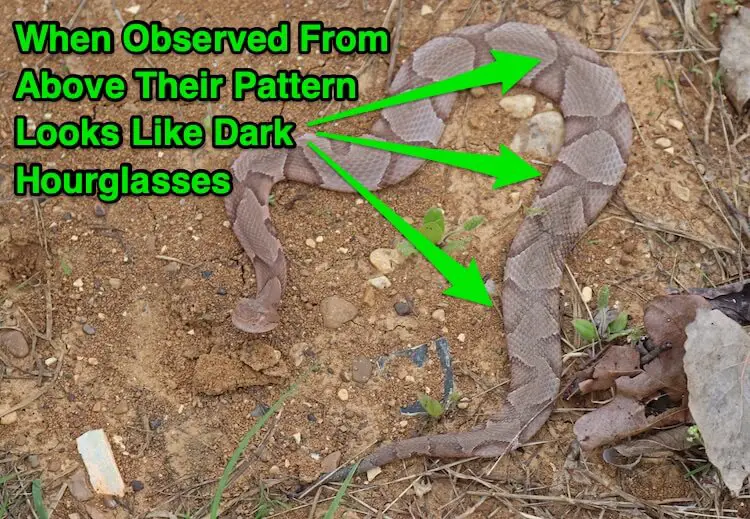



7 Ways To Identify Prevent Remove Baby Copperhead Snakes Everything Reptiles




Sign In Snake Venom Reptile Snakes Beautiful Snakes




Texas Brown Snake Wikipedia




Snakes In Tn Watertown Transporting New House Middle School Tennessee Page 7 Baby Copperhead Snake Baby Snake Snake
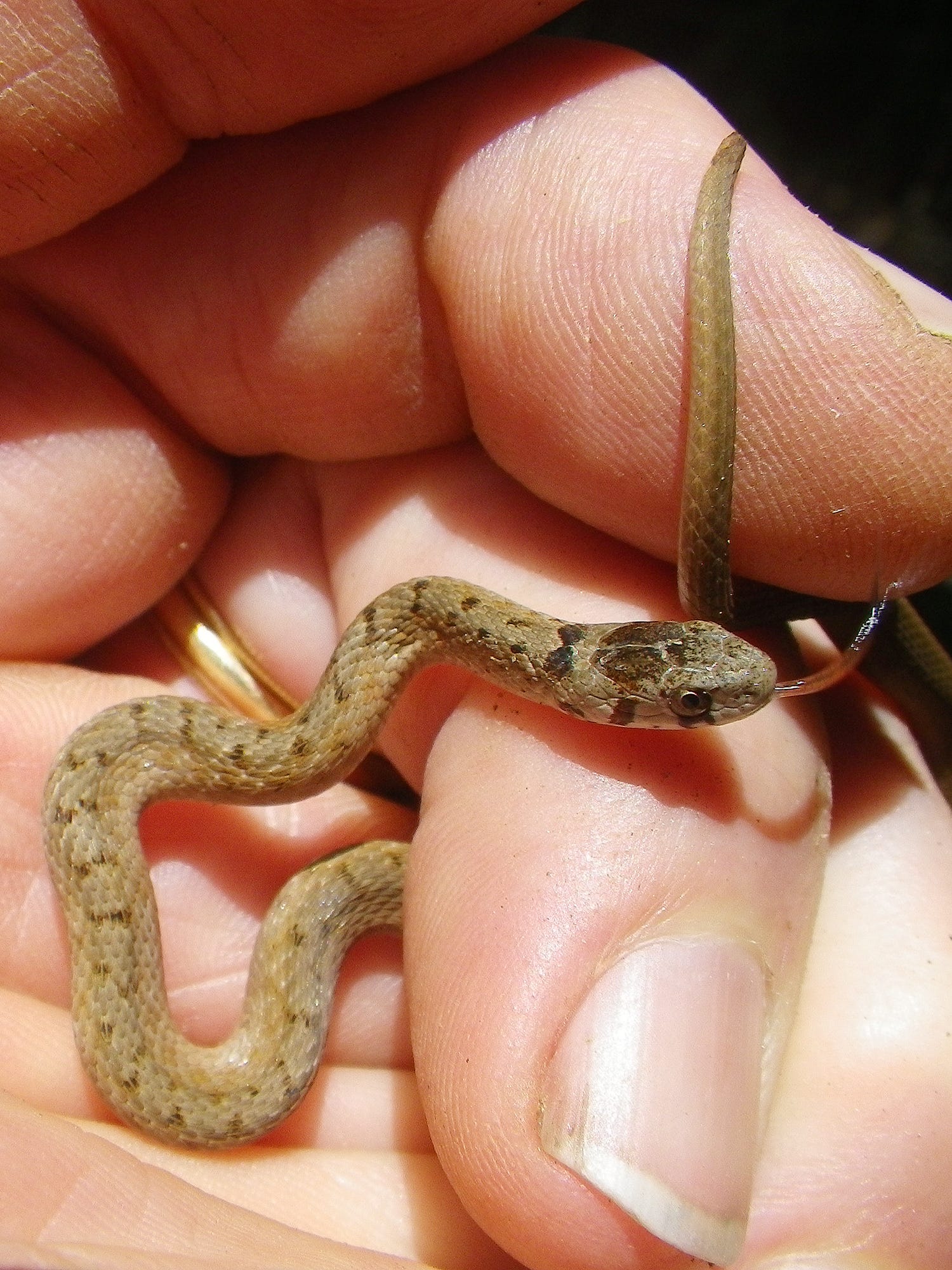



5 Snakes You May Encounter This Summer
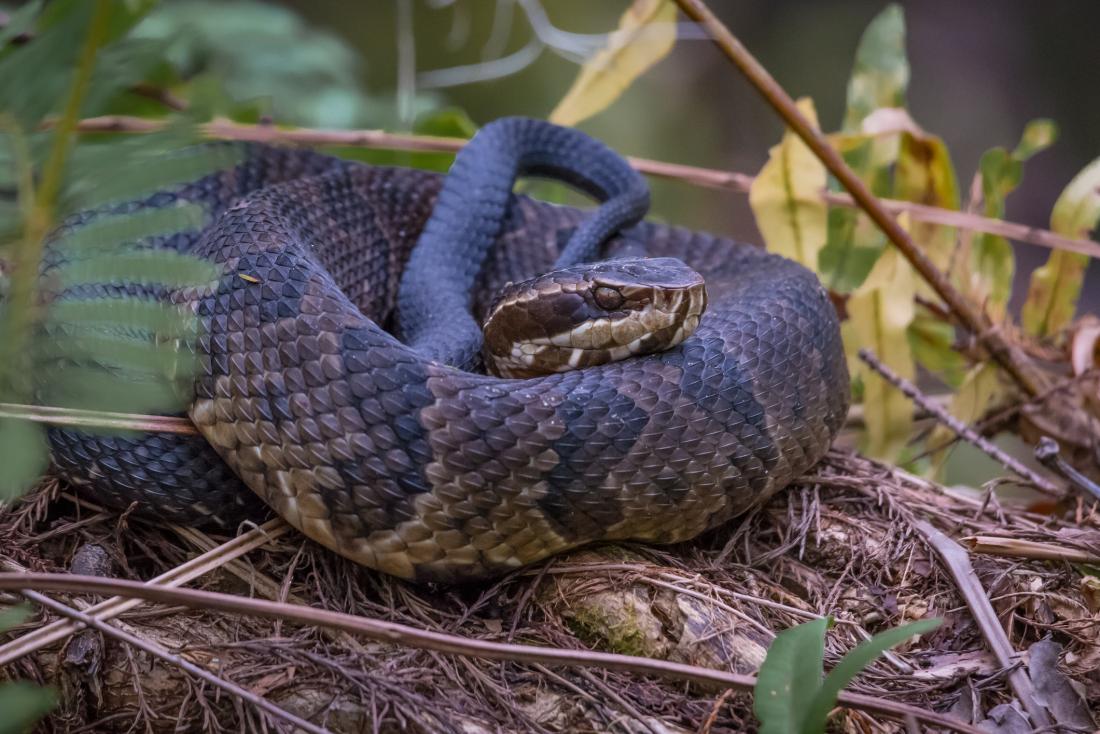



Snake Bites Symptoms Treatment And Types Of Snake
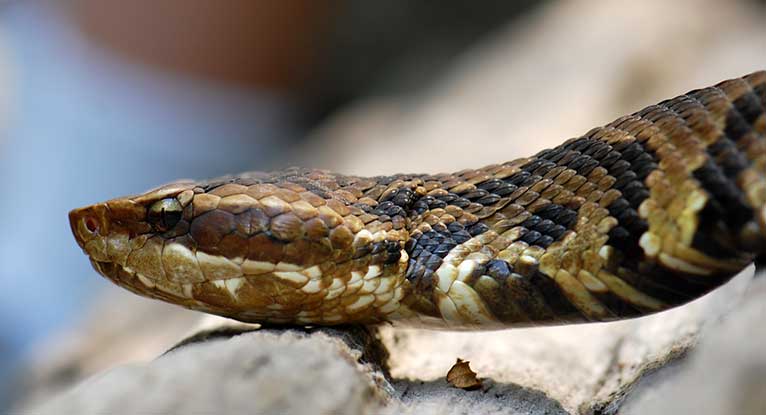



Snake Bites Types Symptoms And Treatments
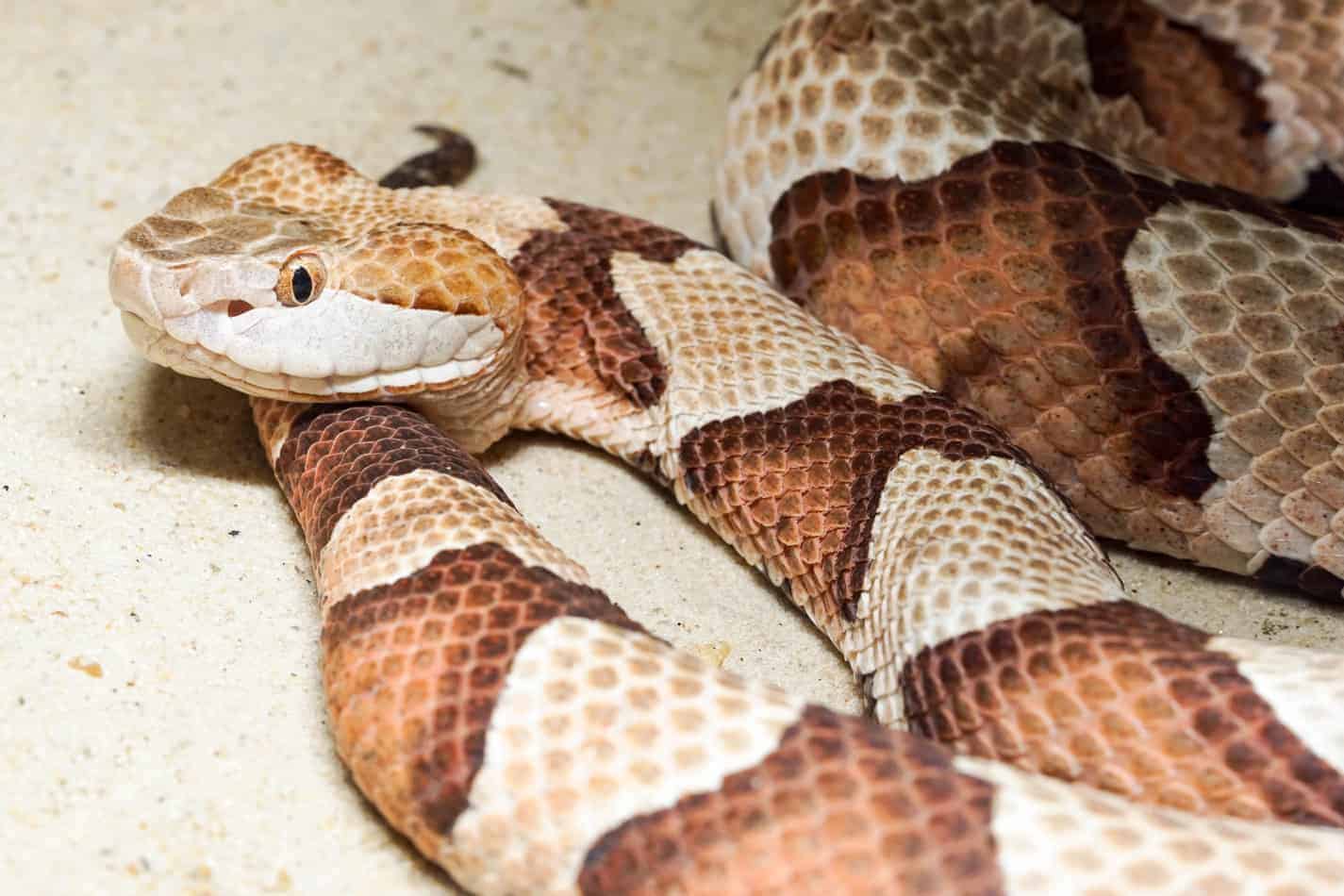



How To Identify A Copperhead Snake Embora Pets




Baby Copperheads How To Identify Them And Get Rid Of Them
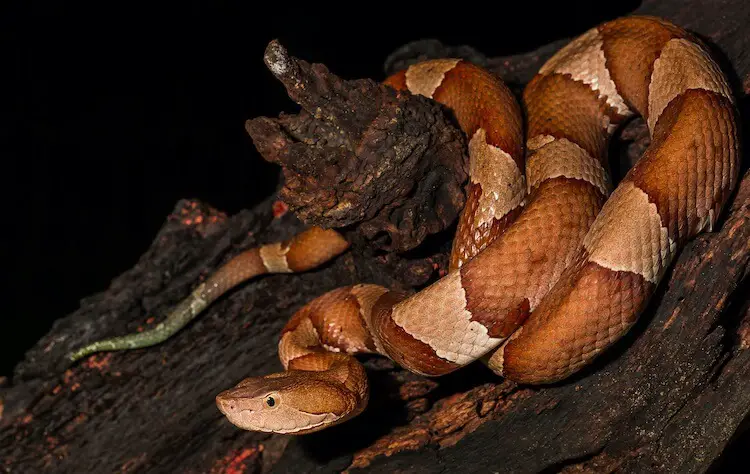



7 Ways To Identify Prevent Remove Baby Copperhead Snakes Everything Reptiles
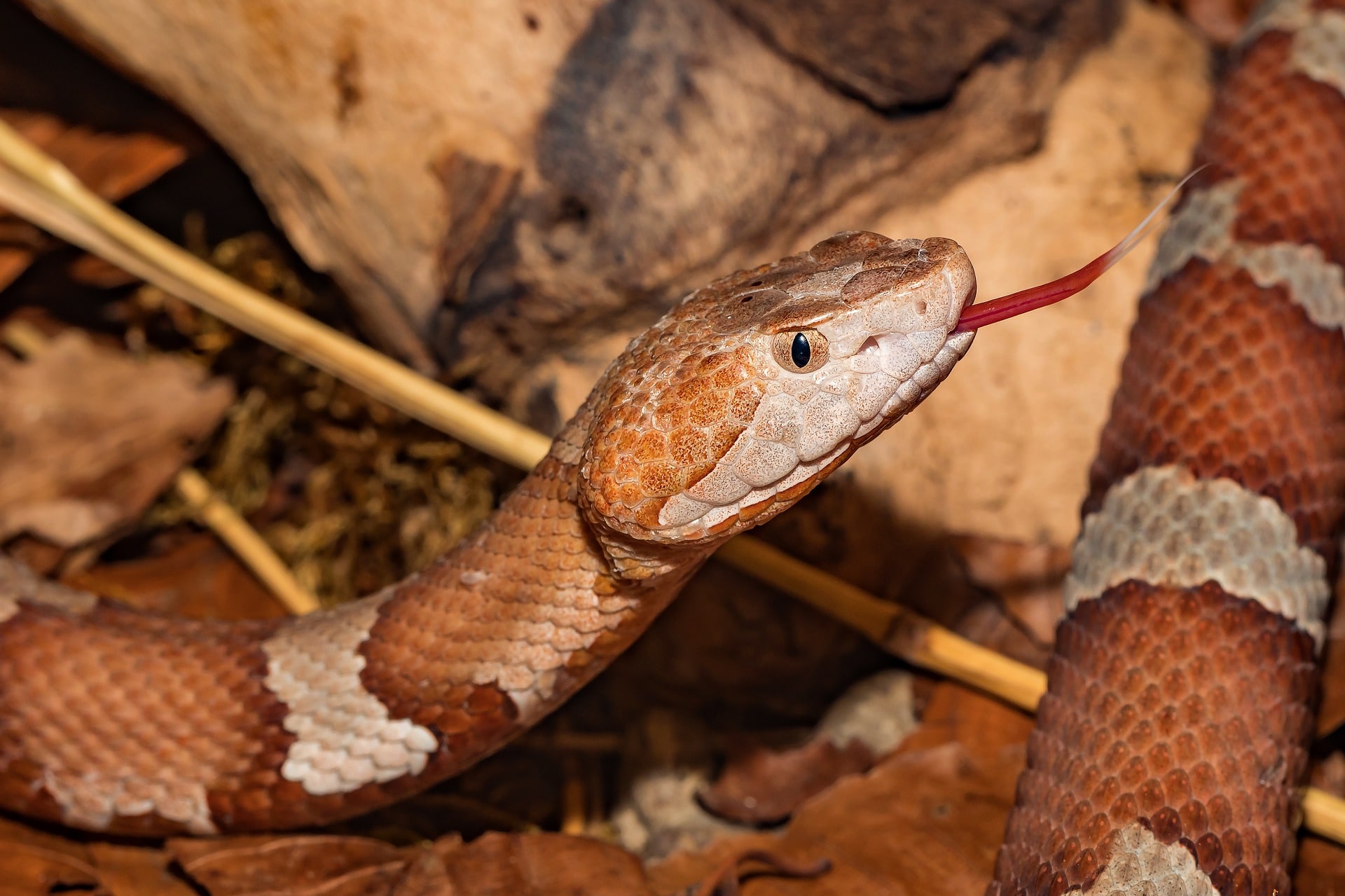



How To Get Rid Of Snakes In Yard House 9 Tips The Pest Rangers



Copperhead On Grounds Animal Keeper Blog




Is It A Rat Snake Chicken Snake Or A Copperhead Rat Snake Copperhead Snake Chicken Snake



Copperheads And Similar Looking Harmless Species
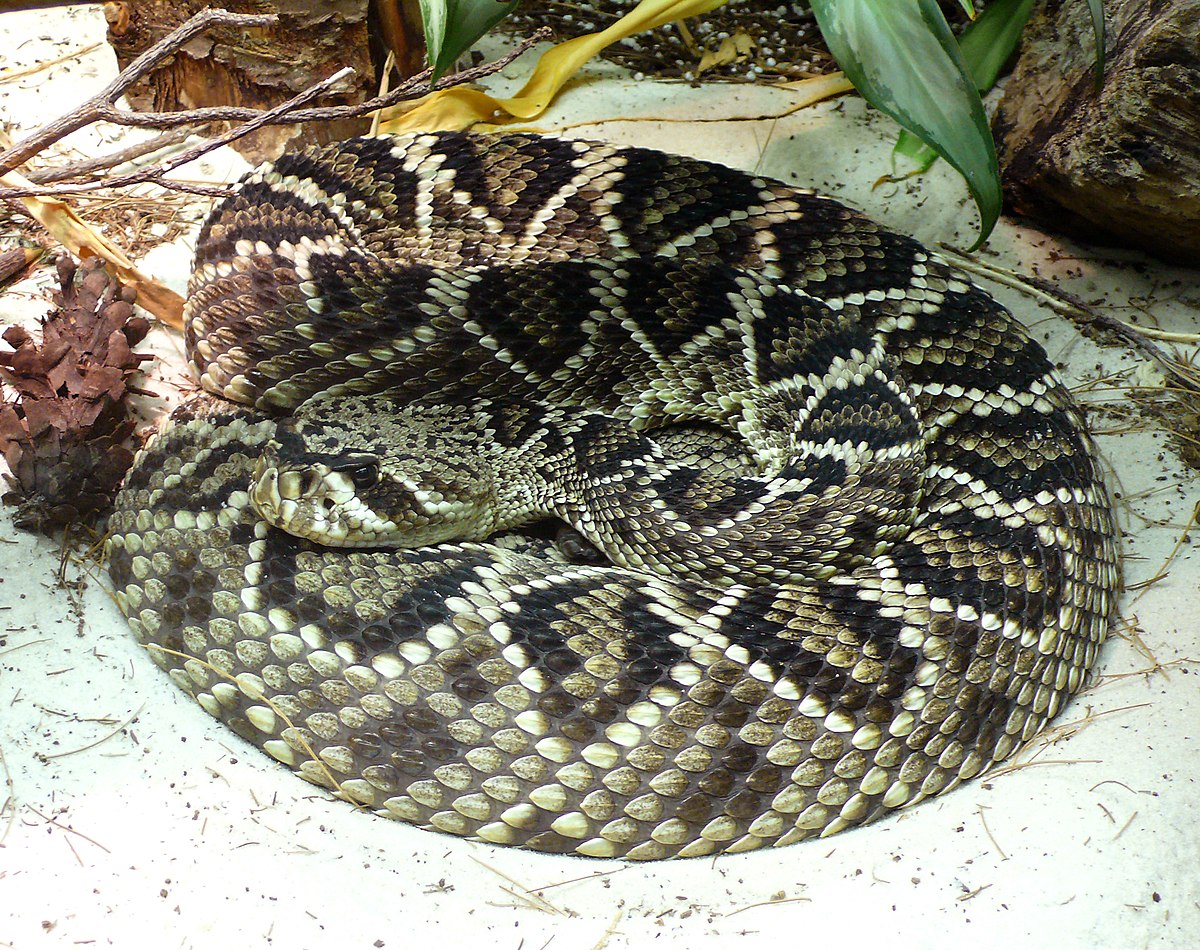



List Of Fatal Snake Bites In The United States Wikipedia




Identification And Control Of Snakes In Alabama Alabama Cooperative Extension System




Watch Out For Baby Copperhead Snakes In Missouri The Kansas City Star



Baby Copperhead Or Other Atlanta Ga Whatsthissnake
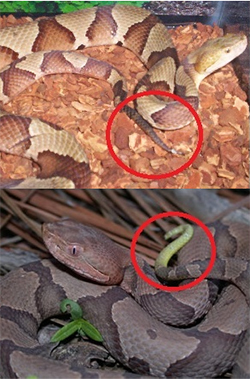



The Copperhead Snake Is Often Misidentified
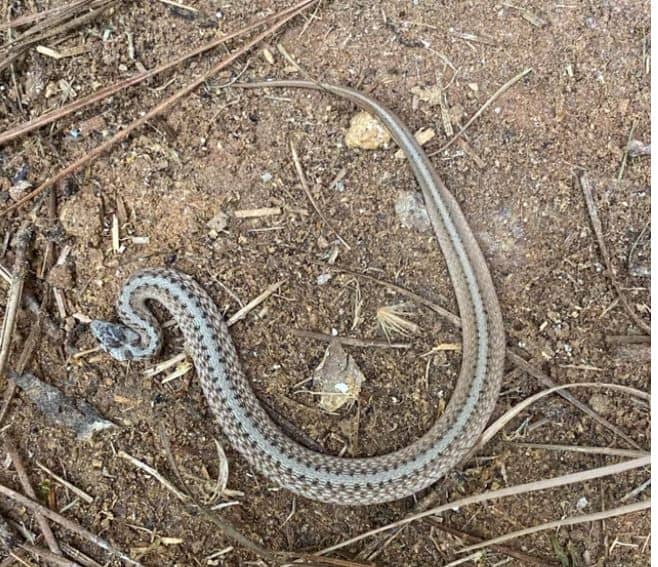



How To Identify A Baby Copperhead Snake 21 Pictures




Copperheads Pennsylvania S Quieter More Common Venomous Snakes Pennlive Com



Angry Copperheads Smell Like Cucumber Expert Lays Out Facts The State
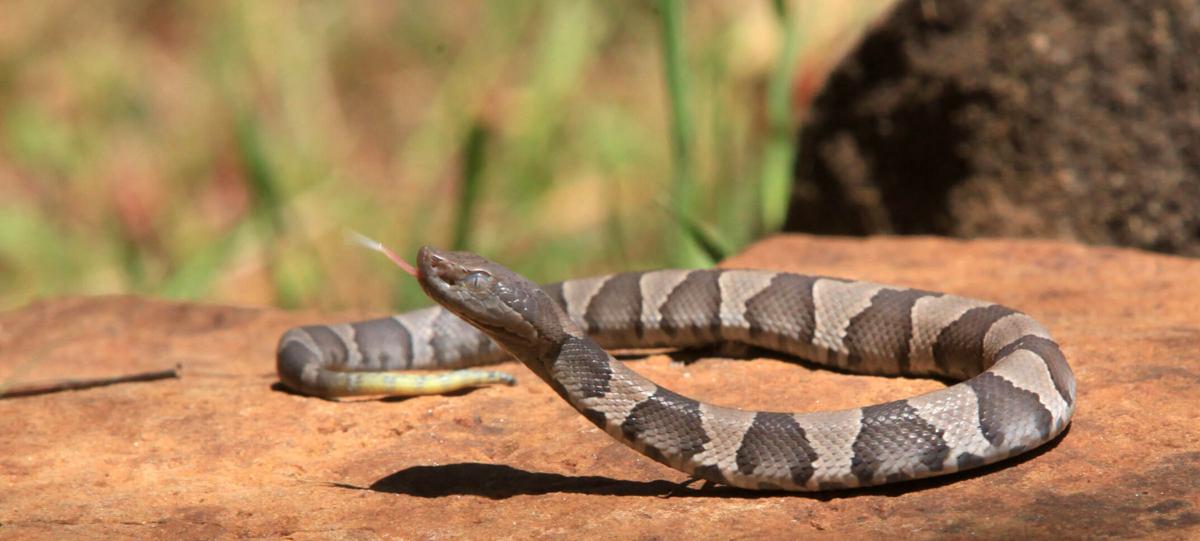



Snakes Alive Copperhead Other Snake Encounters More Likely As Days Shorten Weather Cools Local News Tulsaworld Com
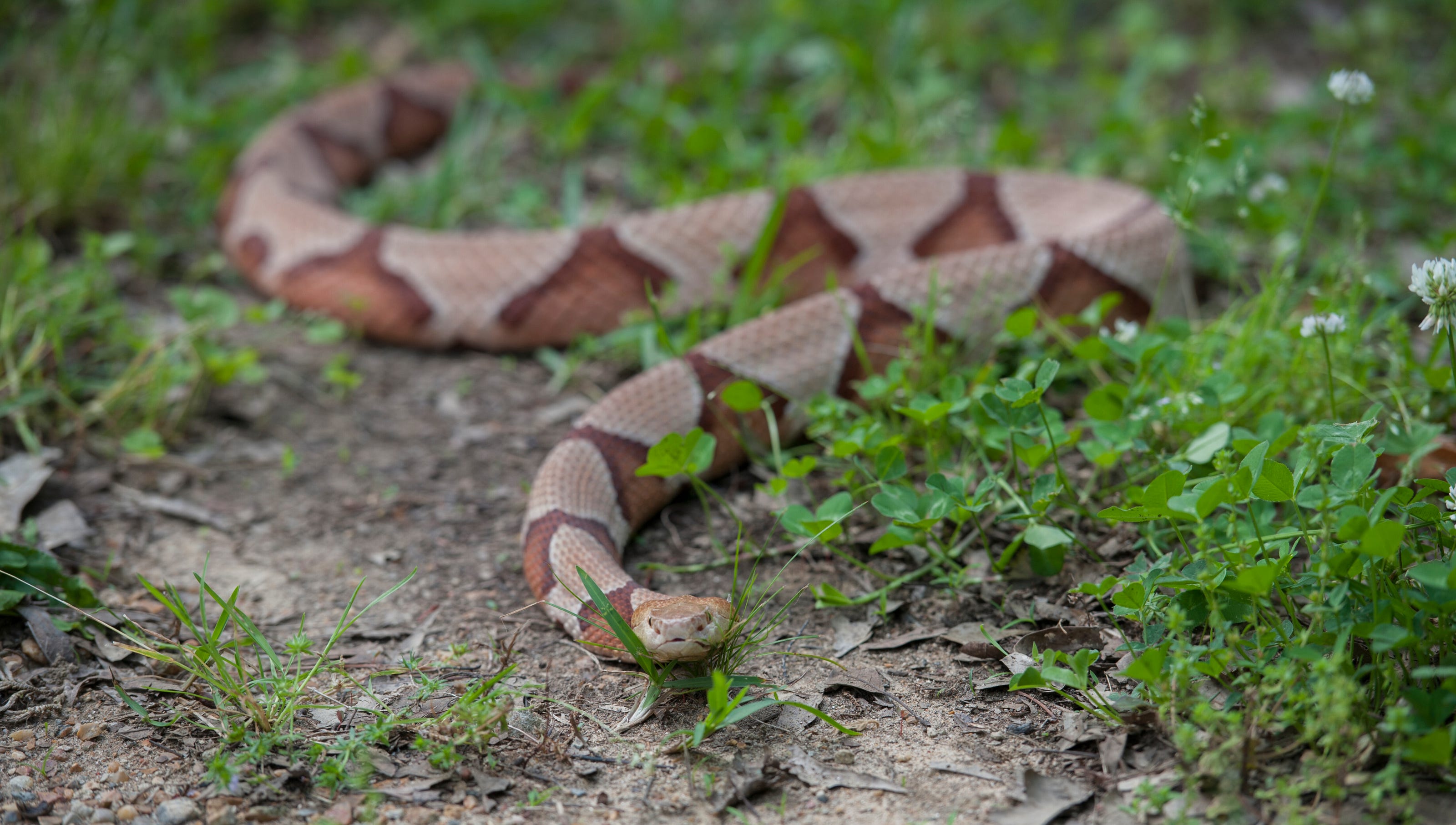



Copperhead Snake Bit Girl Here S What To Know About The Reptiles



Common Snakes Trophy Club Tx
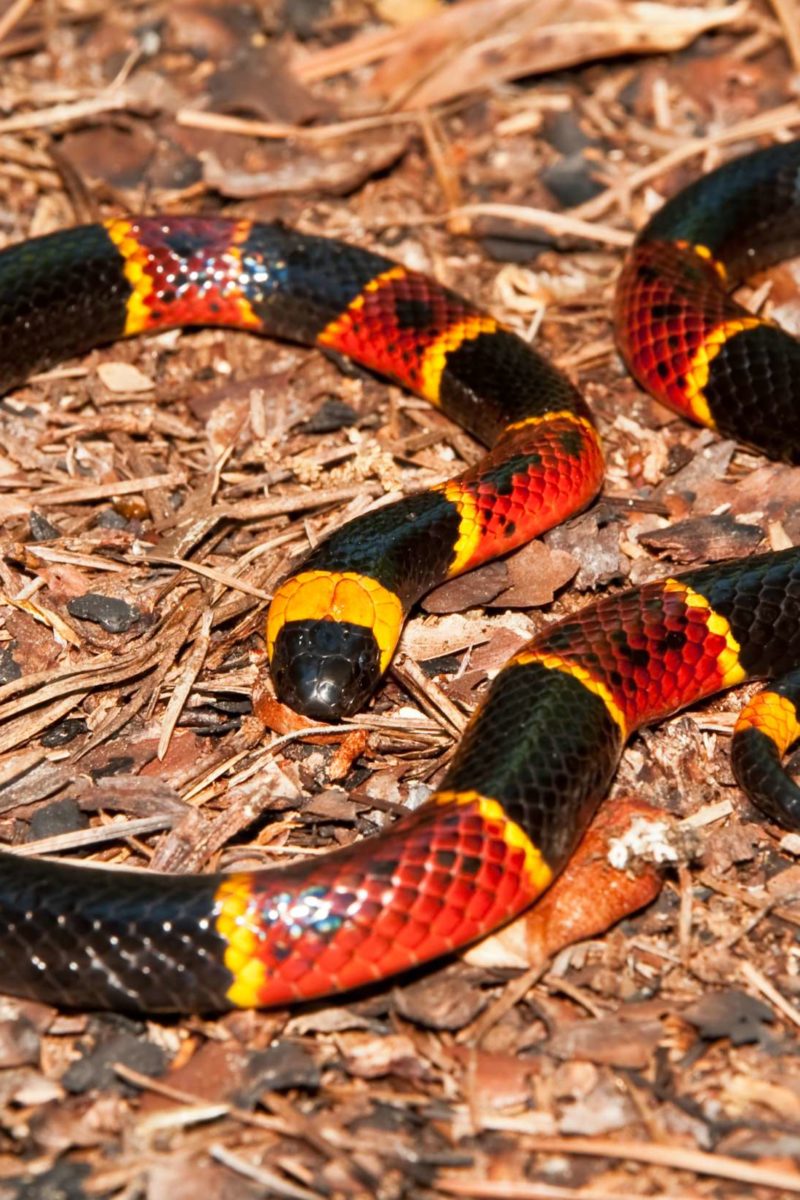



Snake Bites Symptoms Treatment And Types Of Snake
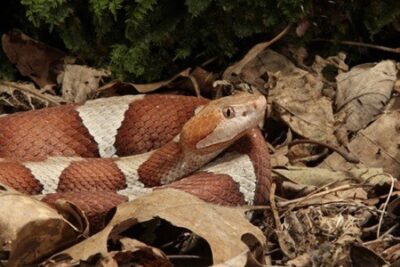



What A Copperhead Snake Looks Like With Pictures




Copperhead Snakes Engage In Nightly Summertime Feeding Congregation
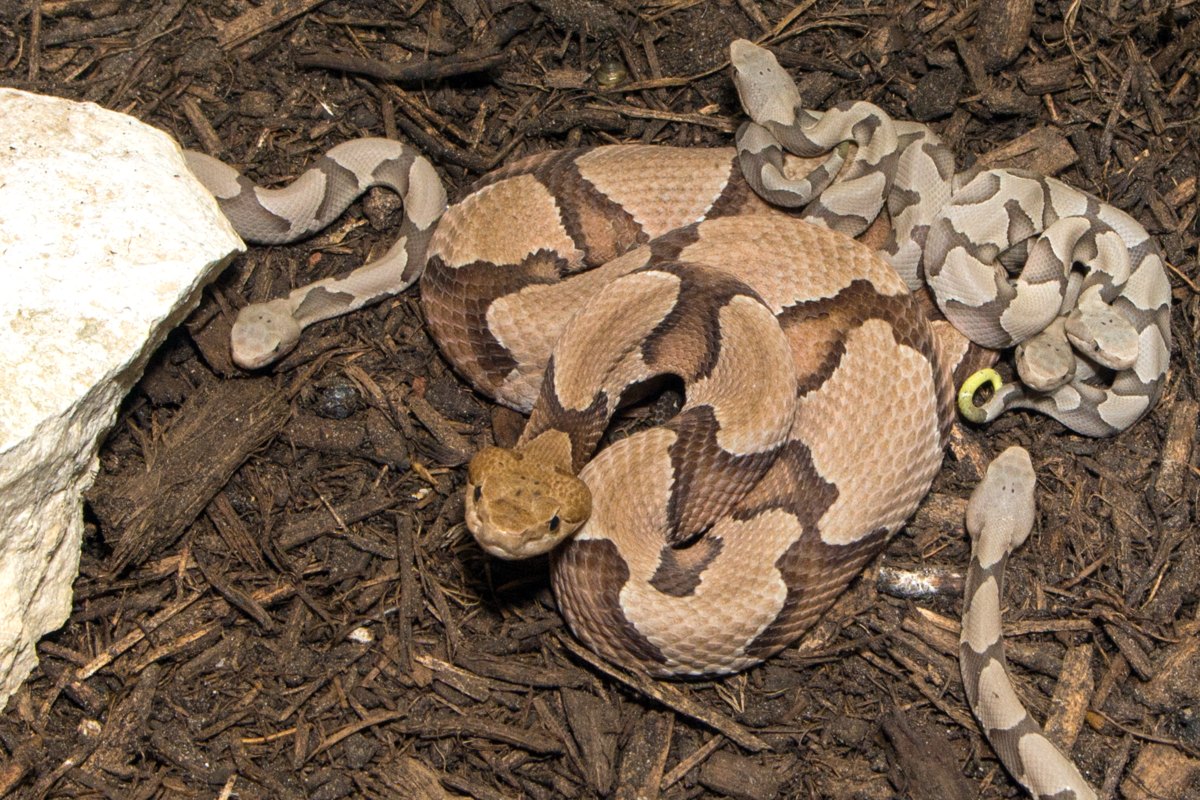



Baby Copperheads Born At The Zoo The Houston Zoo
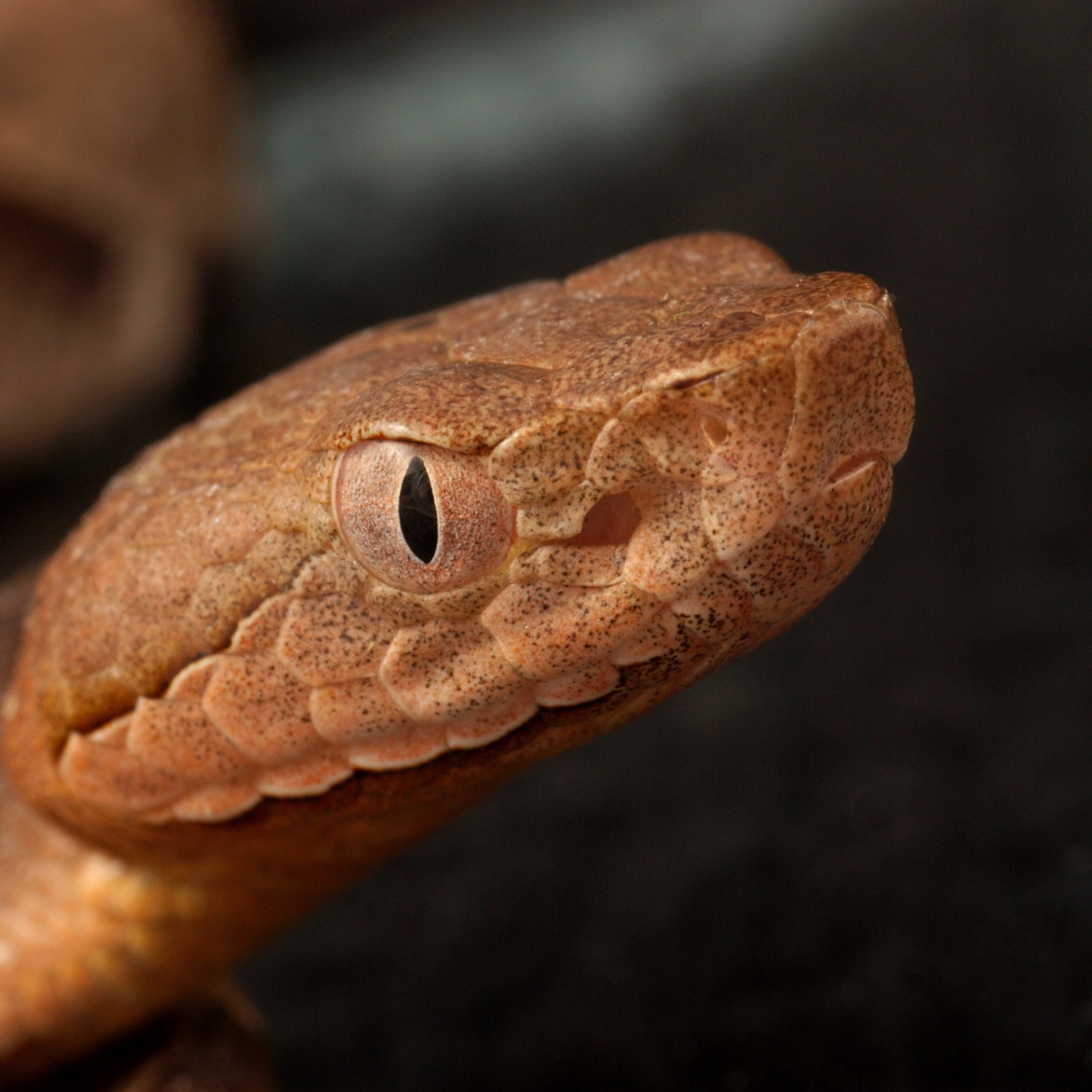



It S Baby Copperhead Snake Season Here S What You Need To Look Out For




Sneaky Serpents Texas Department Of Agriculture Reminds Texans To Keep Sharp Eye Out For Snakes Kvue Com




How To Identify A Baby Copperhead Snake 21 Pictures
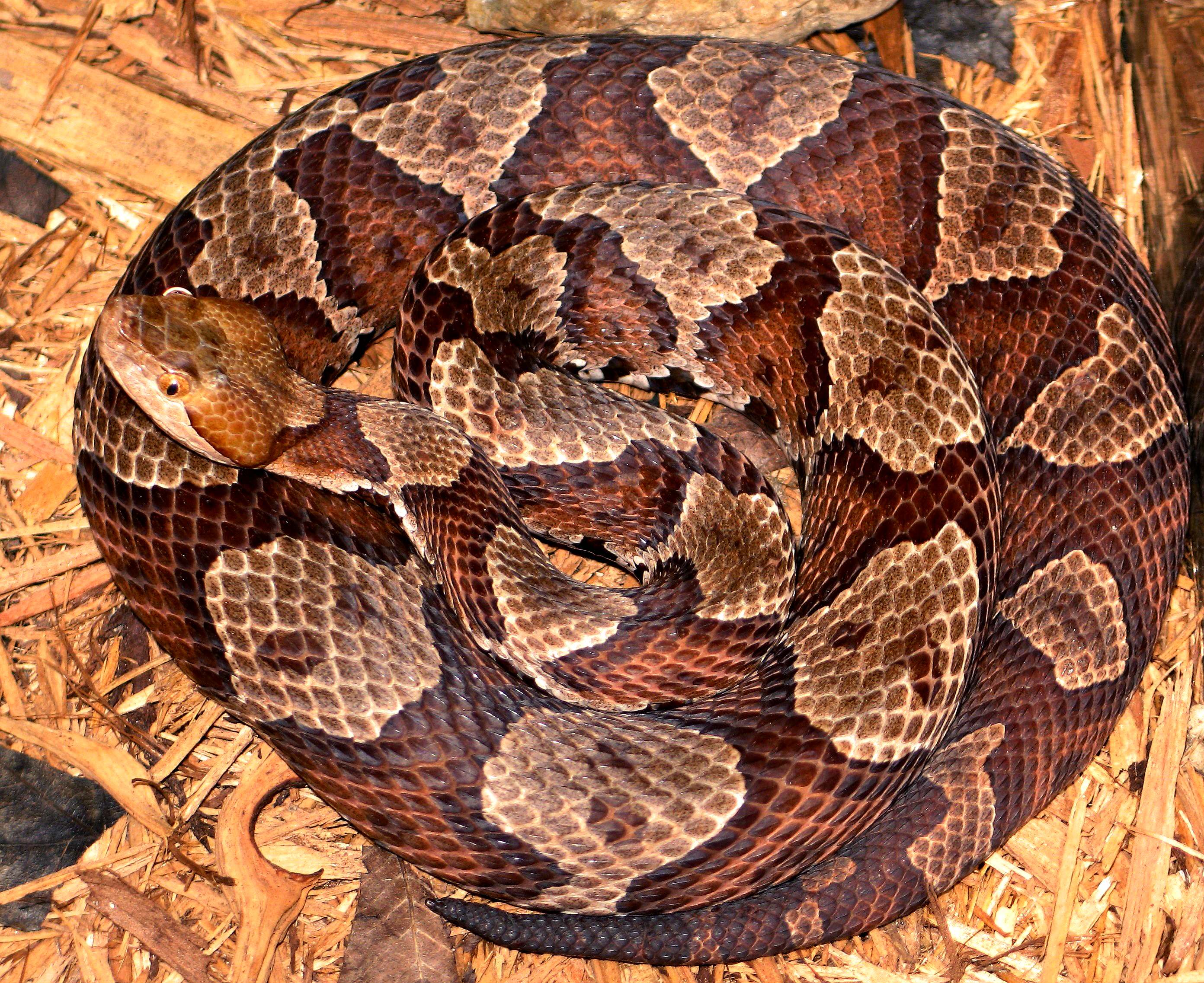



Agkistrodon Contortrix Mokasen Wikipedia
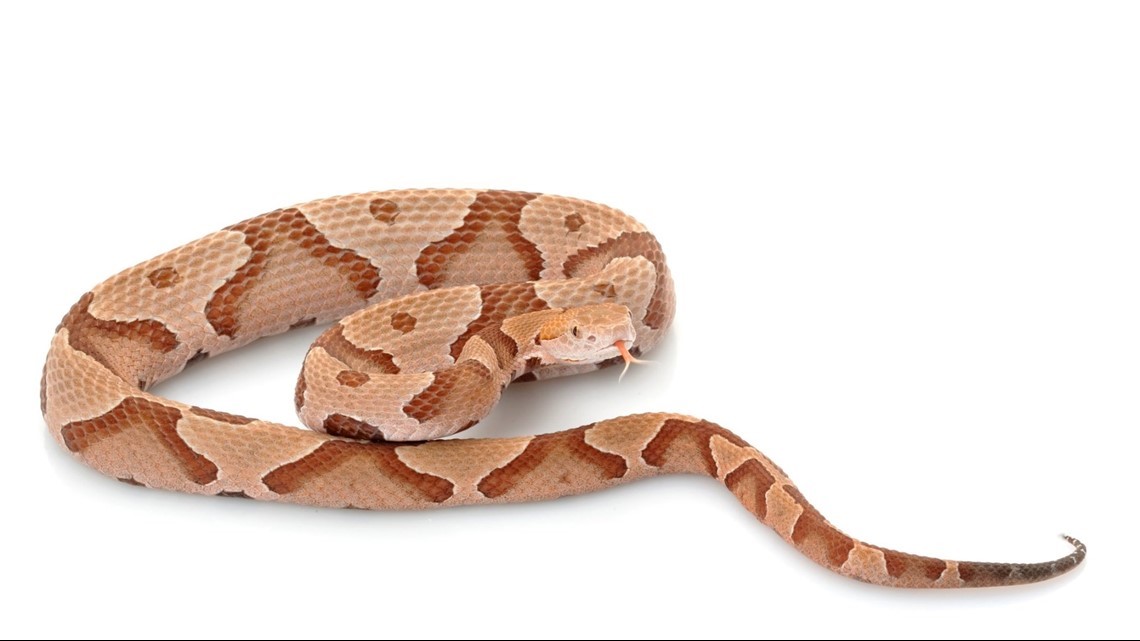



How To Tell If A Snake Is Venomous Wbir Com
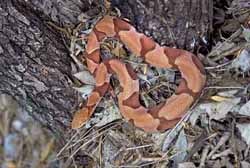



Venomous Snake Safety Texas Parks Wildlife Department




Austrelaps Wikipedia



0 件のコメント:
コメントを投稿